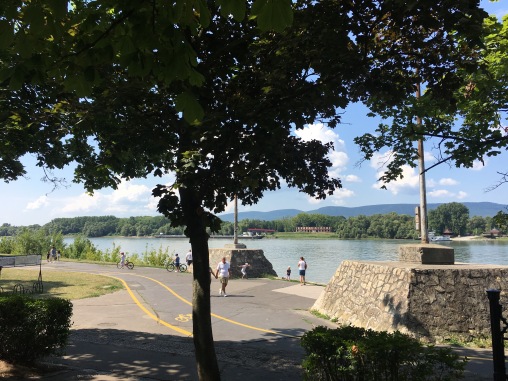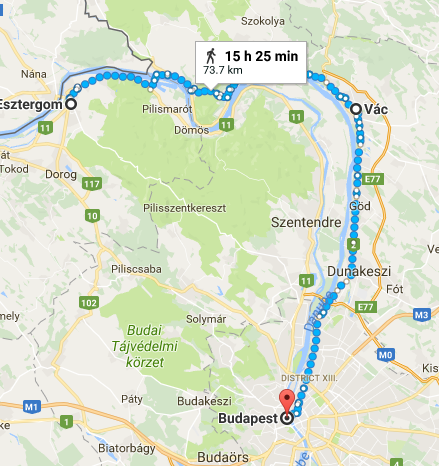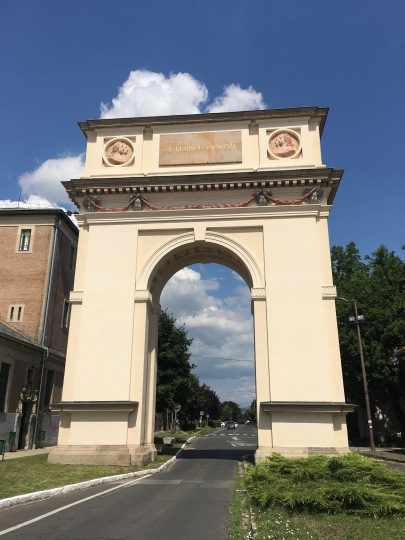Beijing
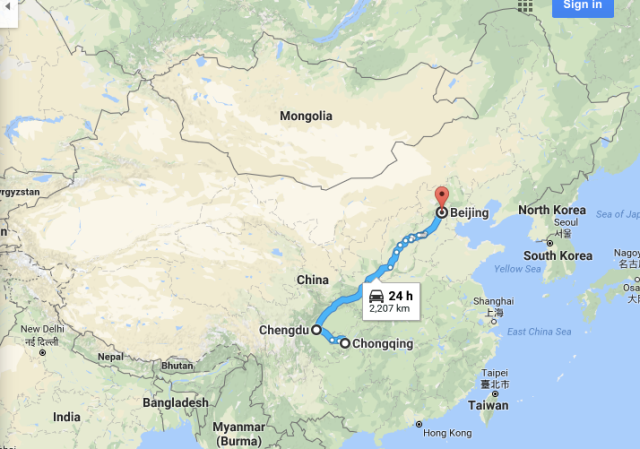
- Beijing is China’s capital and has a population of 22 million. I wrote before of the four direct controlled municipalities, Beijing is one of them.
- Beijing was called Peking in our day – The name Beijing was adopted in1958 but only became compulsory in 1979.
- Our hotel in Beijing was right beside the Summer Palace. Right beside is probably a misnomer – because it is actually a connected part of the complex reserved for those who weren’t of high enough status to command a room inside the palace itself. A lovely place despite its historical, lesser status.
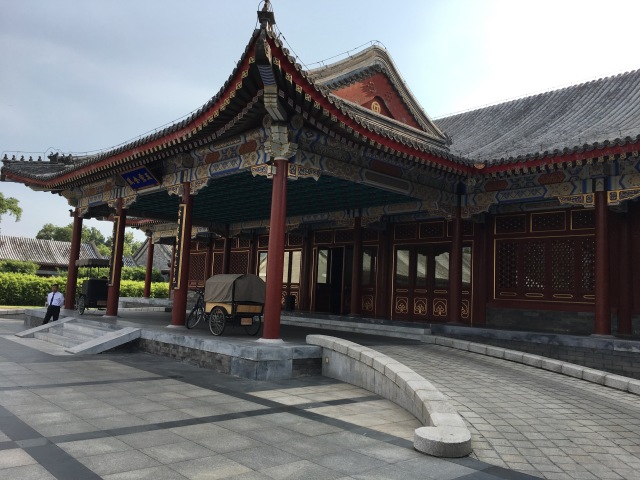
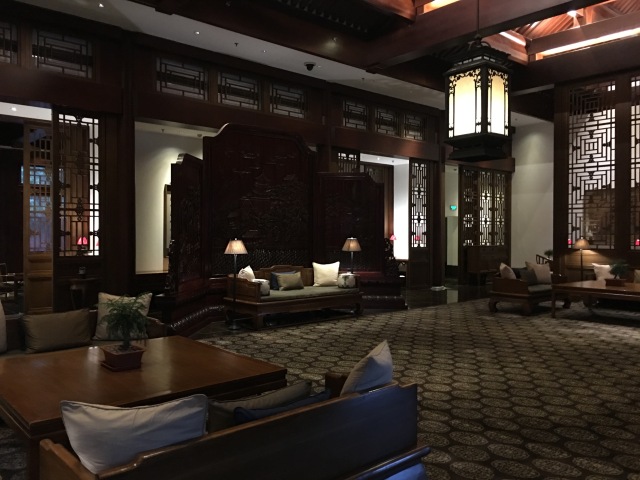

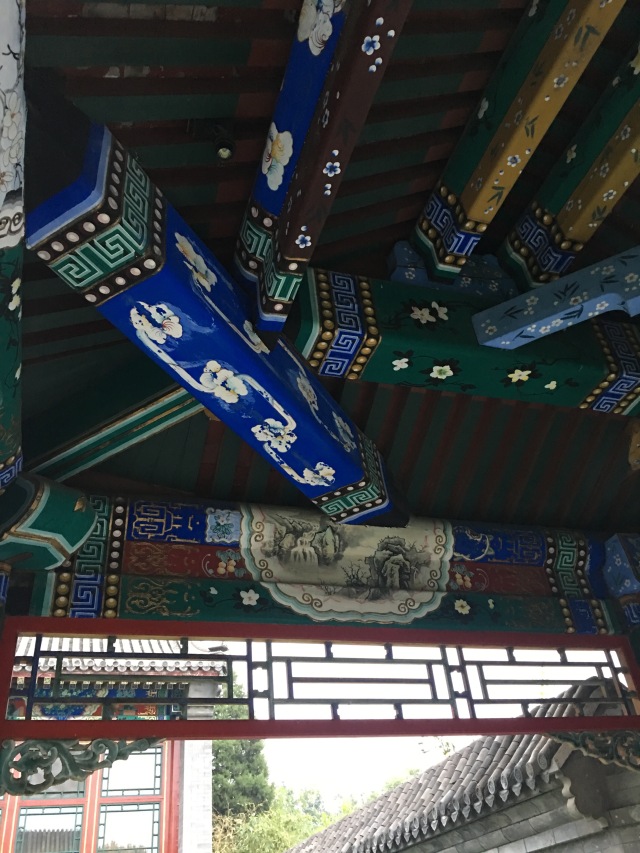
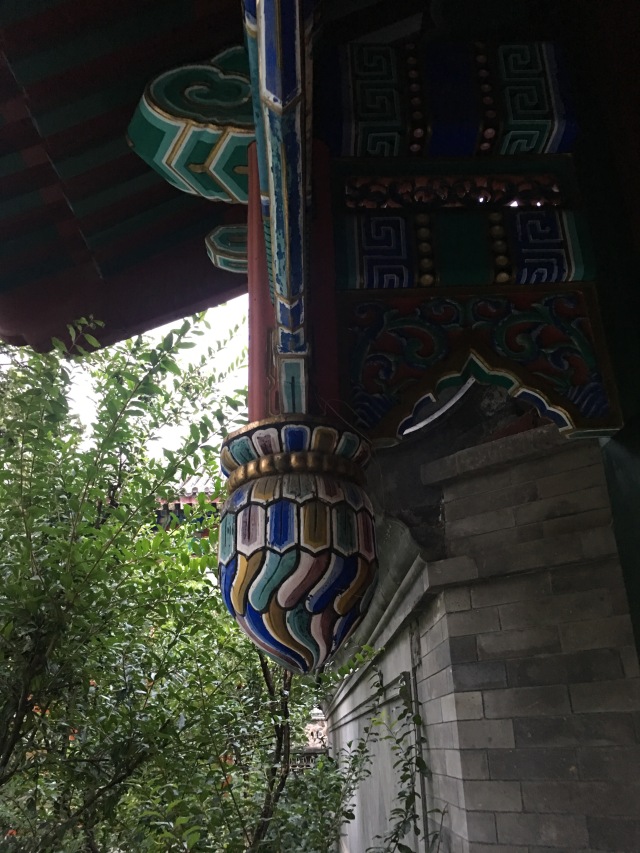

I note the step at the entrance to many buildings – something about keeping spirits out. It doesn’t make the building very wheelchair accessible though.
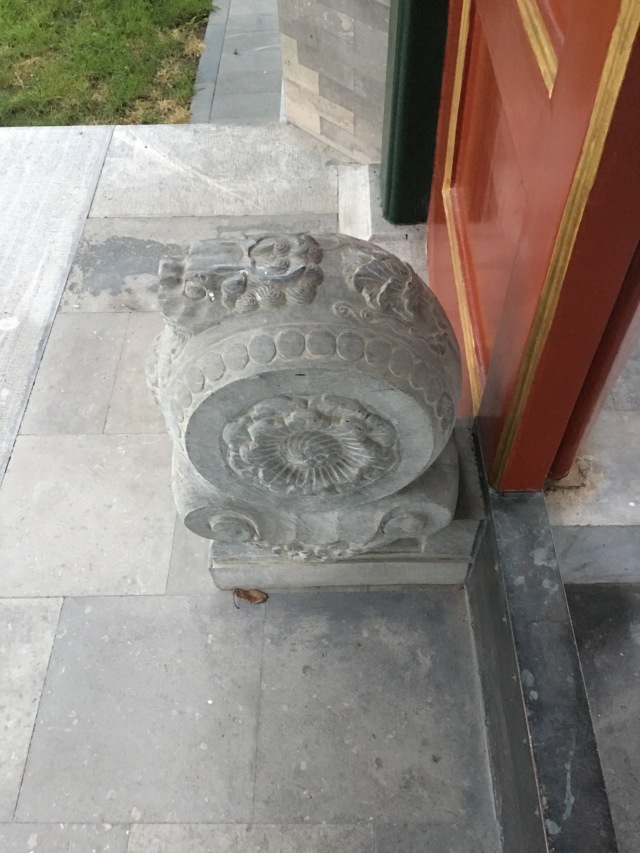
- The GDP per capita is increasing daily as we go from Chongqing (US$12,019) to Chengdu (US$ 8,770) to Beijing (US$17,278), the quality of the high-rise is also following the same pattern, getting less utilitarian and architecturally more interesting and obviously wealthier.
- The Summer Palace was built in 1750 by one of the emperor’s to celebrate his mother’s birthday! It was used as a summer escape for the emperors and empresses and their families and was burned down in wars and rebuilt in between. It was eventually turned over to the Chinese people in 1912. Denis and I took a walk around it in the afternoon. It was full of Chinese tourists. Chinese schools are on holidays so there are lots of Chinese tourists about. (August is not the month to visit China!) I asked our taxi driver in Chengdu how long were school holidays and he said two months though there is pressure to reduce the length so that Chinese children could learn more! I thought this was interesting because in Ireland there is the same pressure but it’s because of childcare costs. He also mentioned that in China, grandparents are very involved in minding children while two parents are out at work.
- I was imagining what it might have been like back in the day to move the 25 km from central Beijing to the Summer Palace with its lovely cool Kunming Lake. The garden occupies 290 hectares and the lake roughly occupies about three quarters of that area. The garden is full of bridges, temples, courtyards, halls, towers, galleries, gates, and more – all buildings in beautiful very old Chinese style, very colourful pagoda style. It’s a UNESCO world heritage site.
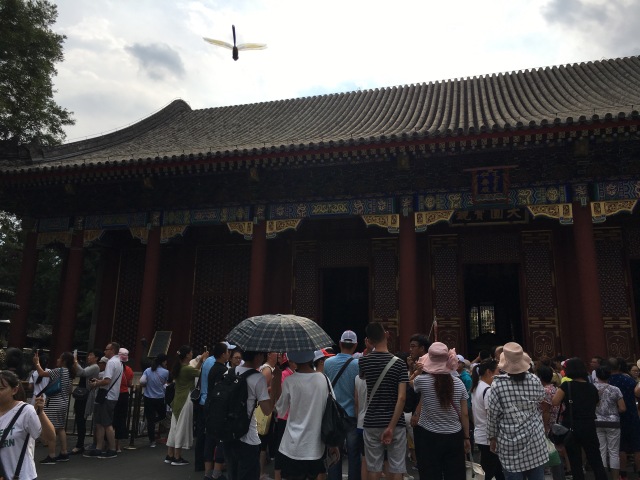
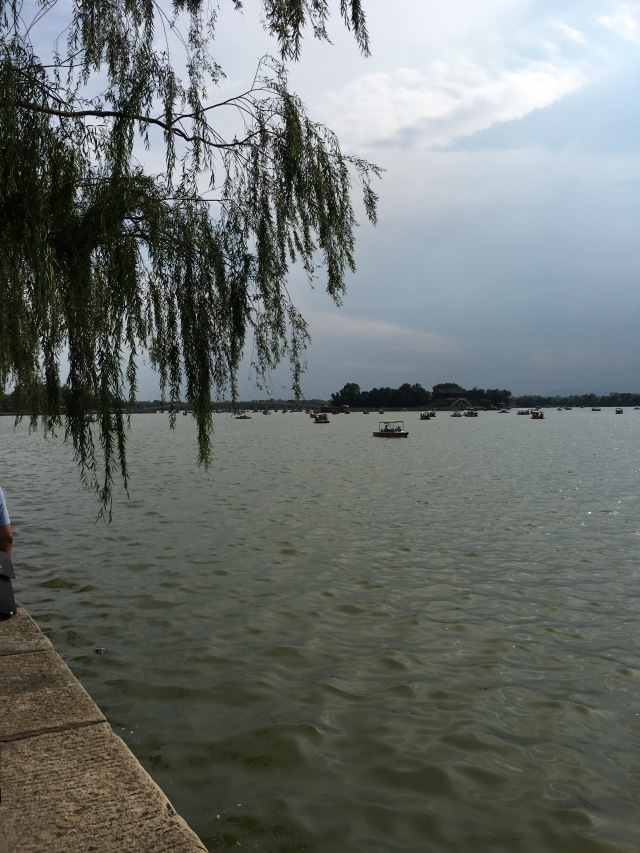
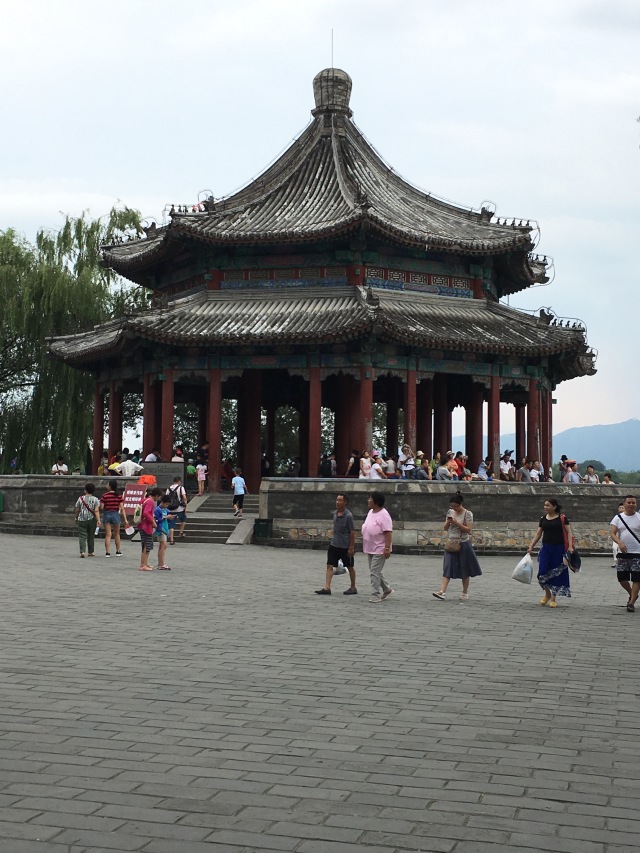
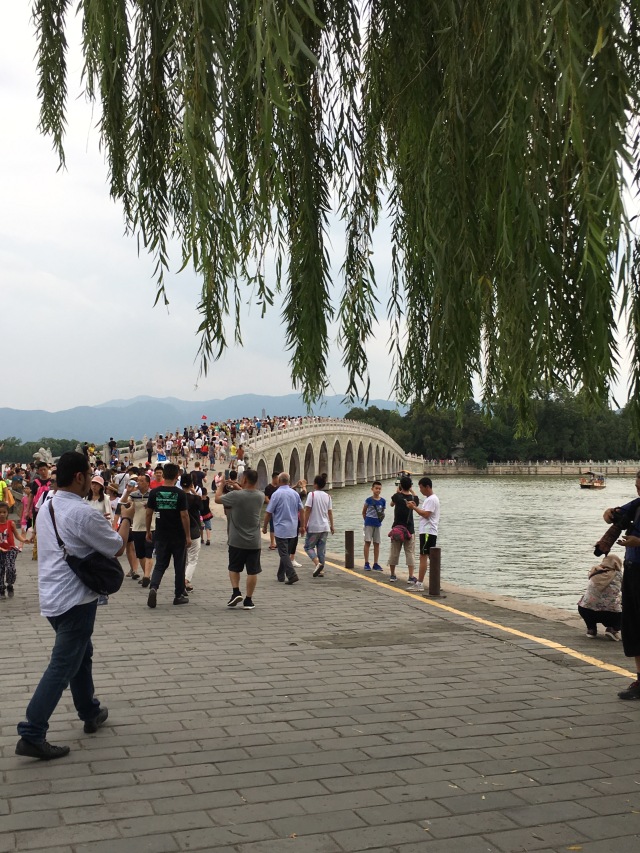
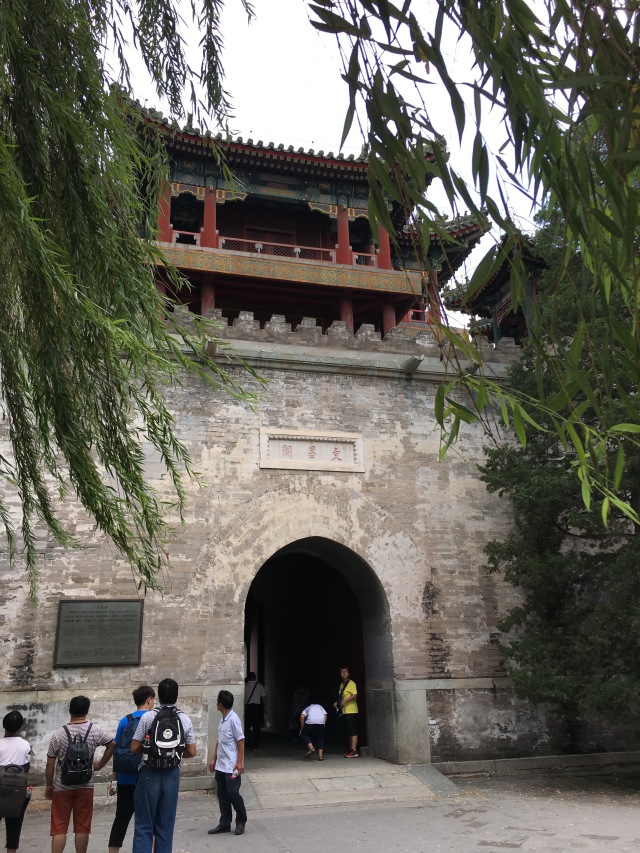
Buildings/Gardens in the Summer Palace have names such as “Hall of Benevolence and Longevity”, “Garden of Virtue and Harmony”, “Hall of Nourishing Pleasures” and the one I really liked “Temple of Timely Rains and Extensive Moisture”. The temple was built as a place to pray for rain and since it worked it was renamed to its present name.
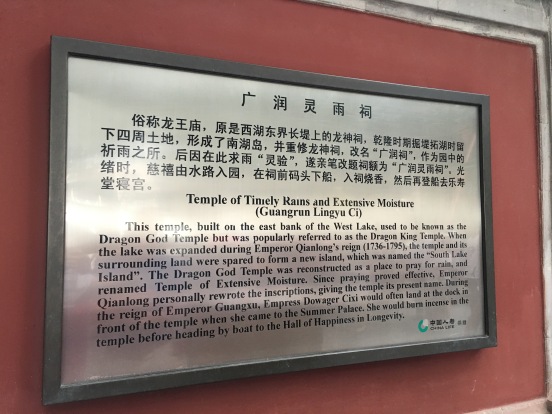 Kite flying
Kite flying
Ice-cream buying – Note – “Russian style Pure Taste Milk Ice Cream”

- The former, full-time residence for Chinese emperors and empresses in central Beijing is called the Forbidden City. I would have liked to have visited it but we couldn’t get tickets when we arrived at our hotel after lunch. In hindsight it might have been just as well as the crowds would have been huge plus we would have needed a longer time. The Forbidden City was the palace for almost the last half millennium until 1912. It served as home for the family and the centre of government. It has 980 surviving buildings. Like the Summer Palace it’s a UNESCO world heritage site as the largest collection of preserved wooden structures in the world. Construction lasted 14 years and required more than one million workers!
- The other place I would have loved to have visited was the Great Wall but again time did not permit. From the centre of Beijing it would have been 1.5 hours to the Great Wall at Mutianyu.
- We had dinner with friends in a restaurant owned by one of the group and his wife. The food was Vietnamese and delicious.
- We were up early for our 6.45 am flight, some photos en route to airport
Shenzhen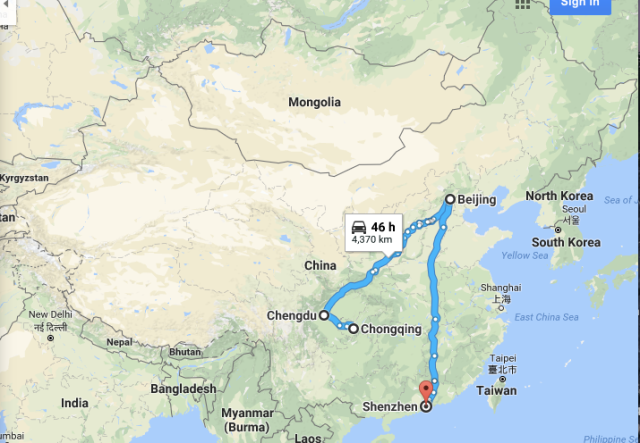
- The flight was a bit turbulent owing to thunderstorms in Shenzhen but nothing too bad.
- Shenzhen is a very interesting city. It’s one of the four largest and wealthiest cities of China, it’s located immediately to the north of Hong Kong. Our taxi driver, who lives in Hong Kong and crosses over to China daily for work, suggested we take a trip to Hong Kong. We nearly did and only with his questioning did we remember that though we had a visa to China that was valid for three months, It was only single-entry, thankfully was no trip to Hong Kong. Whatever about testing US immigration officialdom, I certainly would not like to have tested Chinese
- Shenzen’s population is 12 million. That figure does not account for the large population of migrant workers living in the city. It was one of the fastest growing cities in the 90’s and 2000’s. Just putting it in personal terms – when I left college, Shenzhen had a population of 30,000 people and today 12 million.
Blue is the population with permanent residency
Red is the population with non-permanent residency
- Shenzhen was designated China’s first Special Economic Zone in 1979. Special Economic Zones were part of China’s opening up to the world in the early 80’s. China first opened up four cities and one province. These zones were more free market economy oriented and operated without control by the Chinese central government in Beijing. They offered tax and business incentives to attract foreign investment and technology. In later years further areas were added.
- The GDP per capita in Shenzhen is US$25,790. That’s quite a jump! (For reference, our previous cities – Chongqing (US$12,019) to Chengdu (US$ 8,770) to Beijing (US$17,278)).
- There were noticable green areas in the city.
- Our hotel occupied a few floors of the second tallest building in Shanghai the KK100 building.
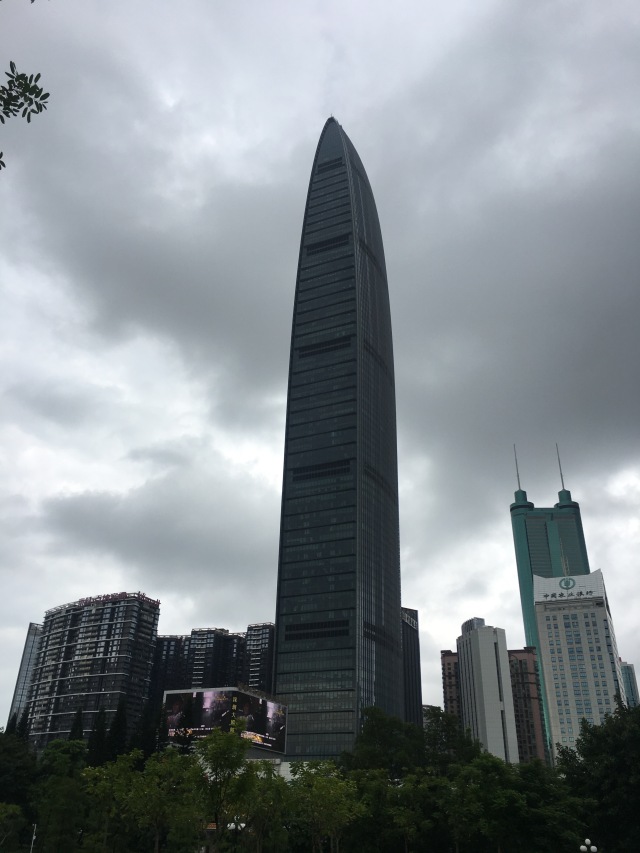 Reception was on the 96th floor, from there there were amazing 360 degree views over the city.
Reception was on the 96th floor, from there there were amazing 360 degree views over the city.
Denis and I went for a run
Some photos from the park we ran in. Note the elaborate root system of the fig tree. I have a fig tree as a house plant at home – this shows me what’s possible if I keep feeding it!
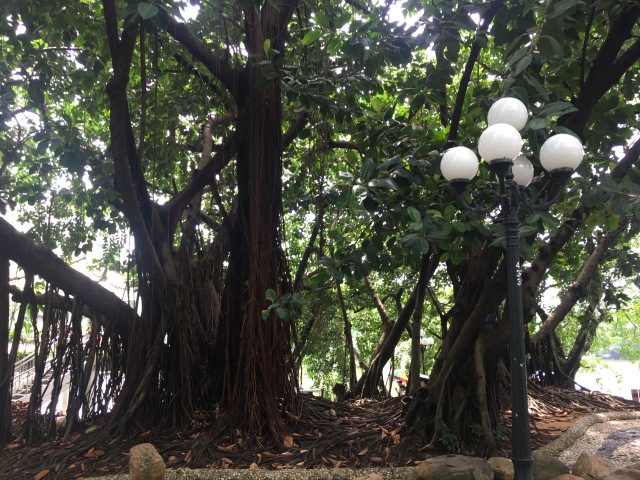
Playing Board Games
One of the abandoned rental bikes I wrote about previously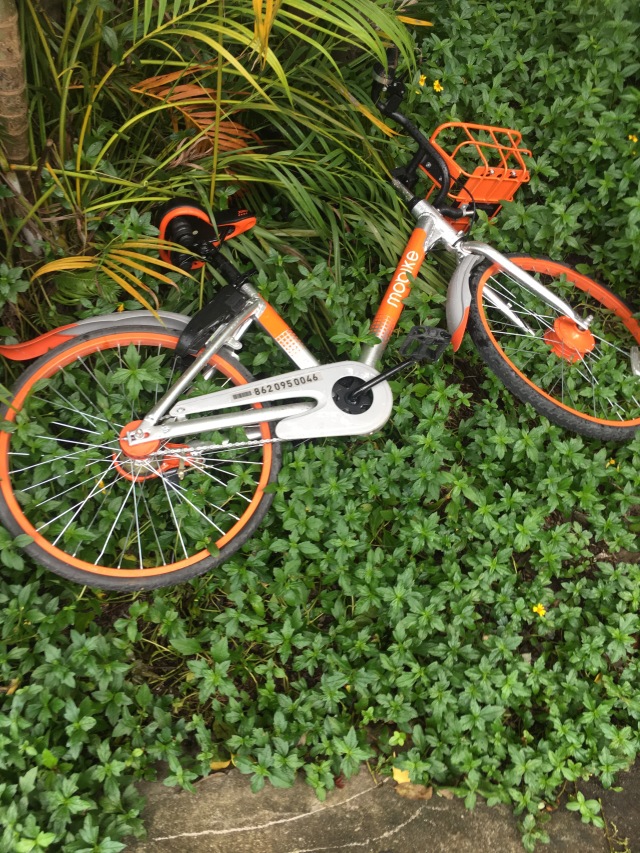
We met an Irish guy working in Shenzhen for dinner. Listening to his perspective was very interesting. We left after dinner for our one and half hour flight to Shanghai.
Shanghai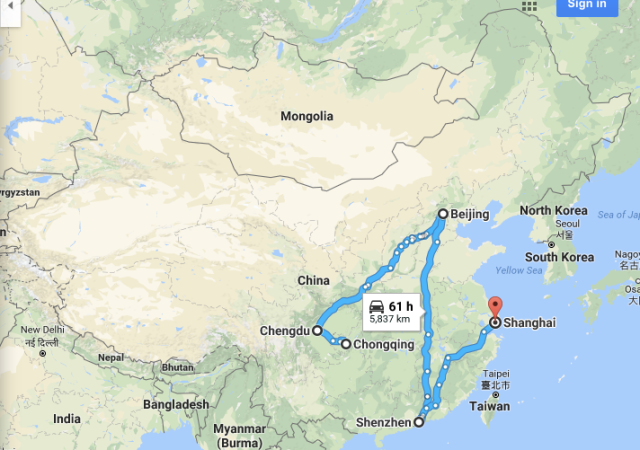
- Unusual for me, I slept until midday as I had a bad tummy bug overnight. By lunchtime I felt a bit better and got up as I did not want to miss seeing Shanghai. I was able to get plain white rice and a fried egg – the tea and toast equivalent in China – perfect convalescent food.
- Shanghai is another of the four direct controlled municipalities of China and the most populous city in the world with a population of more than 24 million as of 2014. Its GDP per capita is US$17,125, (note, less than Shenzhen).
- We went on a tour of Shanghai. The taxi cost 150 Yuan, (less than €20) per hour for three hours. It was great value and a great way to see the city.
- First up we went to see the Jade Buddha Temple, founded in 1882
- We then went to see Jiangnan Silk – a place with an exhibition of how silk cloth is made and then a shop where one could buy beautiful silk clothes, bed linen including duvets and more. Native to China, we learned about the life cycle of the silk worm, it’s the larva or caterpillar of the Bombyx mori moth. The whole life cycle takes 46 days. Silkworms eat mulberry leaves. The cocoon containing one larva is made of one thread of raw silk 1,000 – 1,200 metres long, that is over 1 km, yet is only the size (and shape) of a small bird’s egg! The process of making silk is to like unravelling a spool of thread – finding the start and then unravelling the cocoon. By machine, the silk from the cocoon is unwound and a thread can be combined with other threads to make a stronger thicker thread.
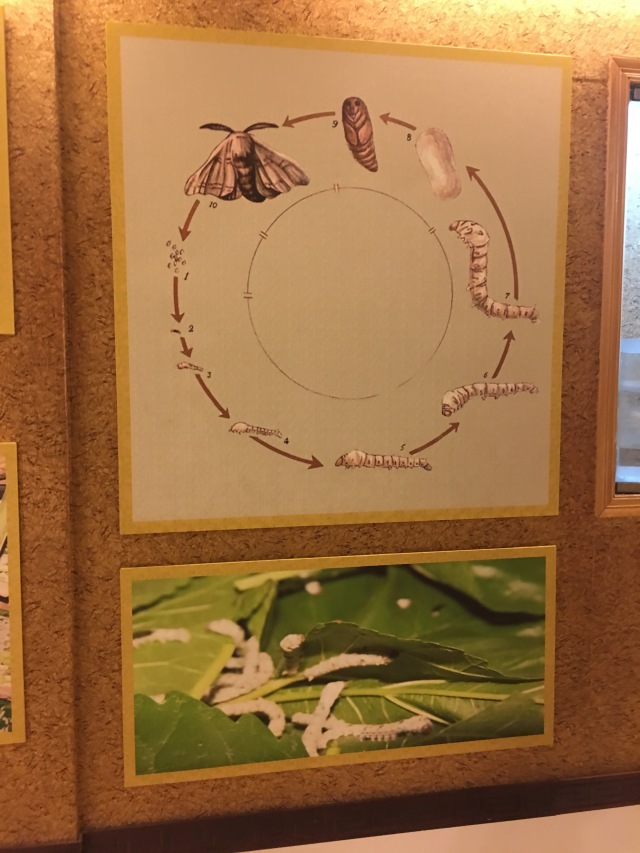
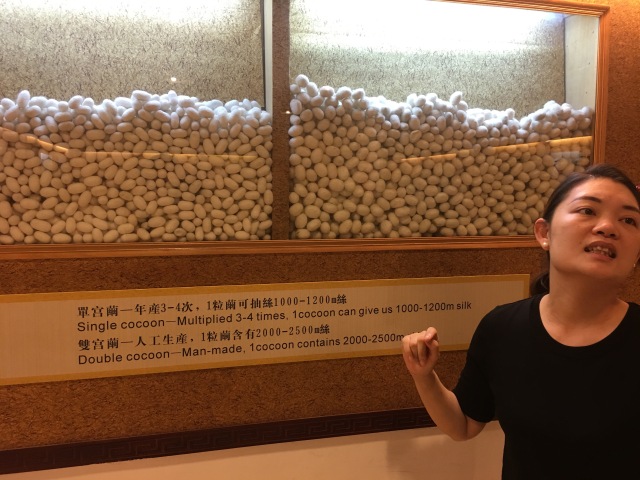
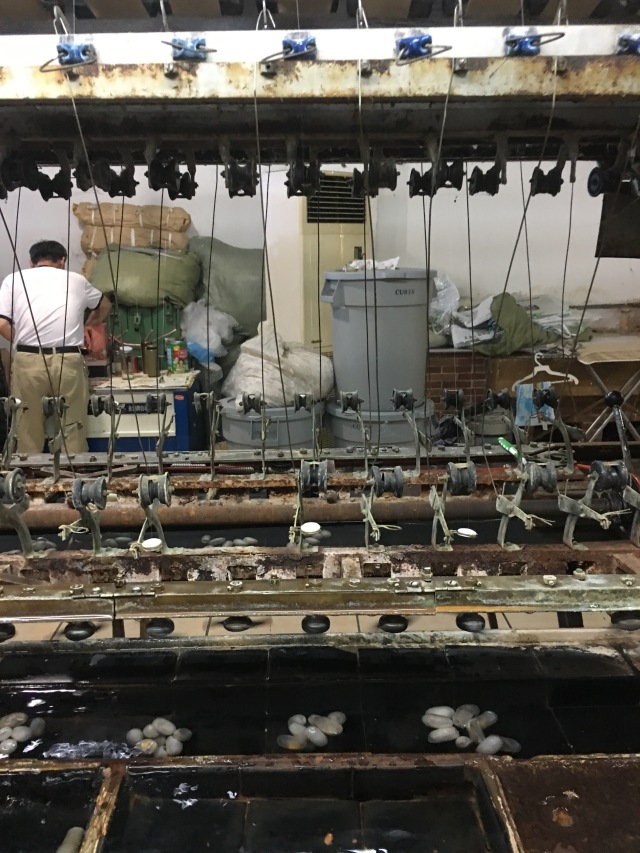 If the cocoon contains two larva then the two threads making up the cocoon are tangled together and cannot be unwound like the single. Those are used to make duvets. First the mat of threads are stretched to about a six inch square size and eventually it can be stretched using four people, each holding one corner to stretch the mat of threads to duvet size. Each layer is wafer thin. A duvet is made by piling up layer after layer of silk, the number of layers determining how warm or cool the duvet will be.
If the cocoon contains two larva then the two threads making up the cocoon are tangled together and cannot be unwound like the single. Those are used to make duvets. First the mat of threads are stretched to about a six inch square size and eventually it can be stretched using four people, each holding one corner to stretch the mat of threads to duvet size. Each layer is wafer thin. A duvet is made by piling up layer after layer of silk, the number of layers determining how warm or cool the duvet will be. - Next we drove by the Bund which is ten blocks of old buildings. Settled by the British after the first Opium War, it was here that the big trading companies built headquarters, most of them in grand, neo-classical style. From the Bund we could see the very modern skyscrapers of Pudong rising up on the other side.

- We had dinner that night in an Italian restaurant in the Bund and had a wonderful view of the Shanghai skyline. While the others had a gorgeous dinner, I ate plain pasta and olive oil – it too tasted gorgeous to convalescent me.
China some overall impressions
- Though we only saw big cities, the China we saw was prosperous with nothing at all grey about it
- Western brands abound, Western shops were side by side with small Chinese shops/stalls selling street food or cheap manufactured goods. The contrast was marked.
- People were very polite. People were very happy looking. People were well dressed.
- Though I think they are very polite, we are here in the airport and there’s a guy slurping every morsel of his food beside me as I write. Using chop sticks he slurped noodles with some topping, then ate a fruit plate, followed by an assortment of cakes, followed by soup! I was surprised to see savoury soup coming after all the sweet cakes. Having heard the slurps with the noodle dish, my heart sank when I saw him choosing soup! (PS. I’m now beside a young couple who together are slurping from a container of pot noodles! Slurping seems to be de rigour in chop sticks etiquette!)
- Staff at the hotels we stayed in went out of their way to be helpful. Examples: The girl at our hotel in Chongqing accompanied us to the neighbouring restaurant to show us exactly where it was and help us to order our food. When we were planning a short tour of Shanghai, the guy at the hotel planned the tour with me and then wrote the list of places we wanted to visit in Chinese for our non-English speaking taxi driver. (I had the same list in English). He made sure we had both the taxi driver’s and his number if any problems arose. I could list other examples – Overall the level of service was excellent.
- Eating dinner at night, I felt I could be anywhere in the world
- My abiding memory of China will be stacks of apartment blocks. China definitely manufactures goods, but in my mind China also manufactures apartment blocks and cities. A recent Guardian article states that there are 102 cities in China with a population of more than one million according to the Demographia research group. Many of these cities are little known outside the country – or even within its borders. It states that according to consultancy firm McKinsey, by 2025 China will have 221 cities with a population of at least 1 million. That will mean an explosion in construction of buildings, roads and transport systems. One reason is that the government is actively encouraging rural residents to urbanise. China aims to have 60% of its people living in cities by 2020, up from 56% currently, and the World Bank estimates a billion people – or 70% of the country’s population – will be living in cities by 2030. Thousands of government officials have campaigned across the country to convince farmers to move to newly built urban districts, turning centuries-old villages into ghost towns.(It’s beginning to sound a bit like rural France though probably much worse.) China is developing Westwards away from the Eastern coasts. In addition, the Chinese government has set a target for 30% of buildings to be prefabricated in the next 10 years. The article also mentioned that newly built apartment blocks already have a cookie-cutter feeling, with identical 30-storey buildings visible from the window of nearly every high-speed train ride. The uniform construction can create an eerie scene, one city indistinguishable from the next.
- China’s one-child policy was introduced in 1979 and began to be phased out in 2015 when two-child families became allowed. By one estimate there were at least 22 ways in which parents could qualify for exceptions to the law towards the end of the one-child policy. A person we met made the comment that the one-child policy made prima donnas of that one child. He also said that in many cases during the restricted period, couples sometimes just paid the fine, to have the second child, kind of like the opposite of child maintenance 🙂 The fine was called the “social child-raising fee”. The Chinese government claimed that the one-child policy prevented 400 million births but it’s disputed if this number is true because fertility rates were declining anyway for other reasons. At the airport we observed a number of two-children families, (how I was certain was the two children were dressed the same). I read on Wikipedia: As part of the policy, women were required to have an IUD surgically installed after having a first child, and to be sterilized by tubal ligation after having a second child. From 1980 to 2014, 324 million Chinese women were fitted with IUDs in this way and 107 million were sterilized. Women who refused these procedures – which many resented – could lose their government employment and their children could lose access to education or health services. The IUDs installed in this way were modified such that they could not be removed manually, but only through surgery. In 2016, following the abolition of the one-child policy, the Chinese government announced that IUD removals would now be paid for by the government.
Ireland’s abortion law make Ireland seem kind of like China – Middle-aged men in suits making decisions over women’s bodies!
Visiting China was just wonderful. Like someone, close to me, said – travelling provides a hook where you can hang knowledge. I’m looking forward to hanging a lot more on my China hook!

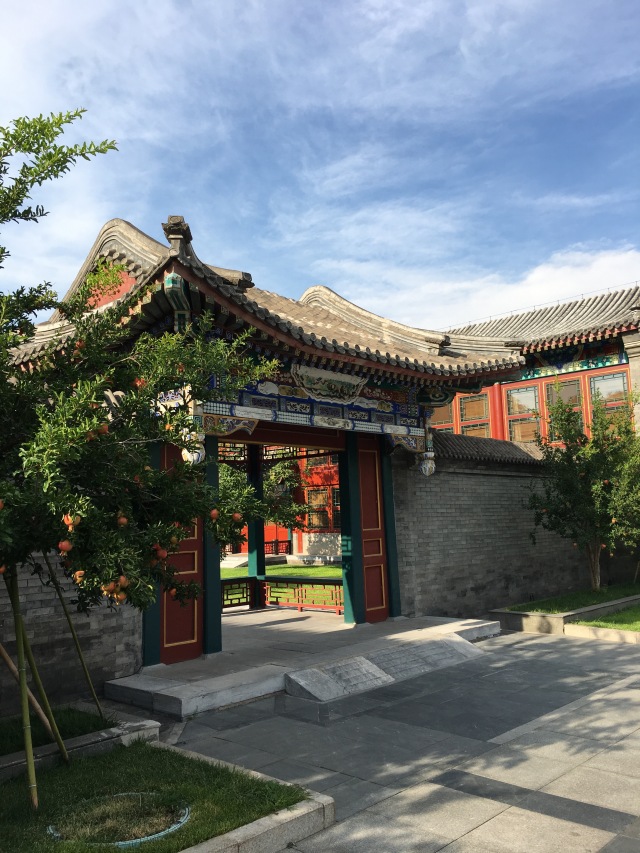





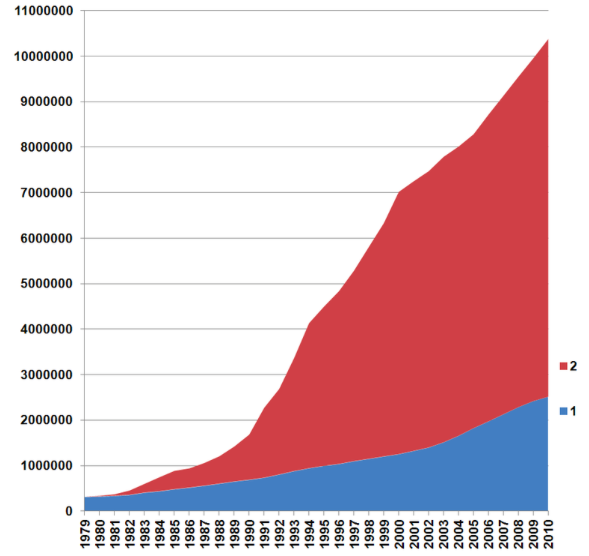


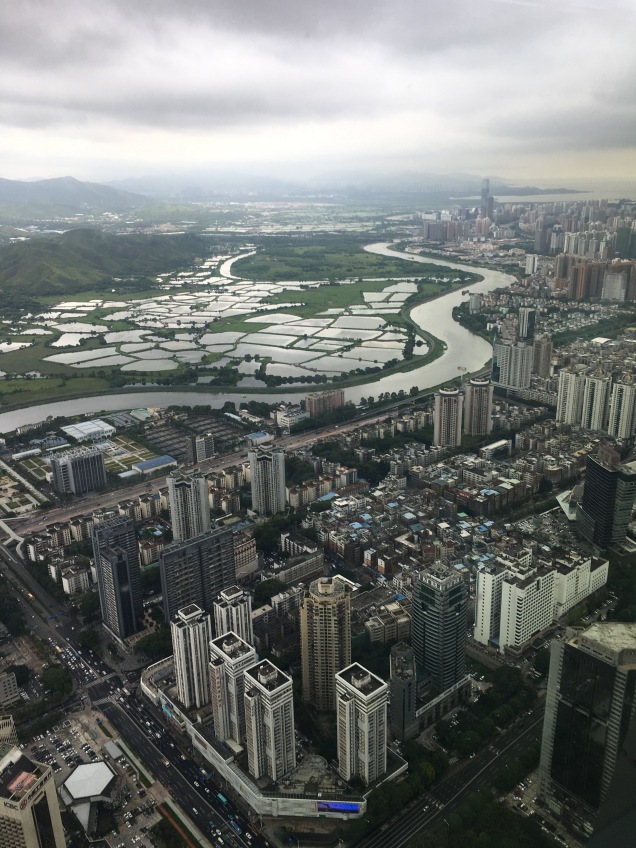









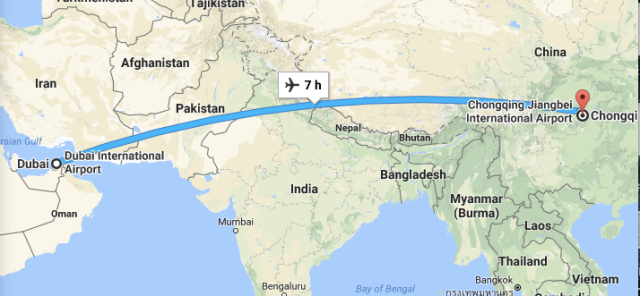
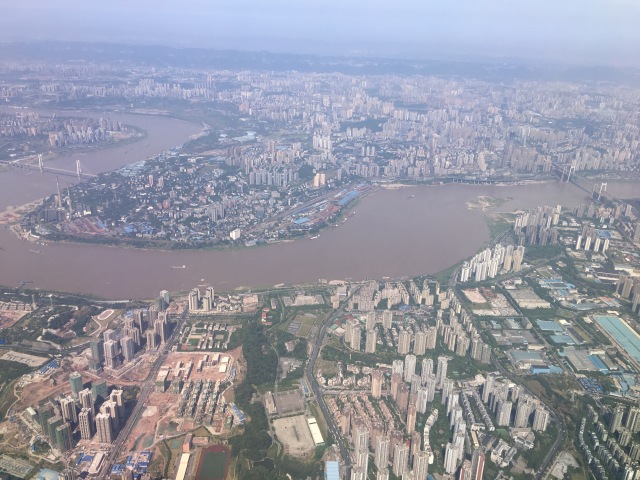
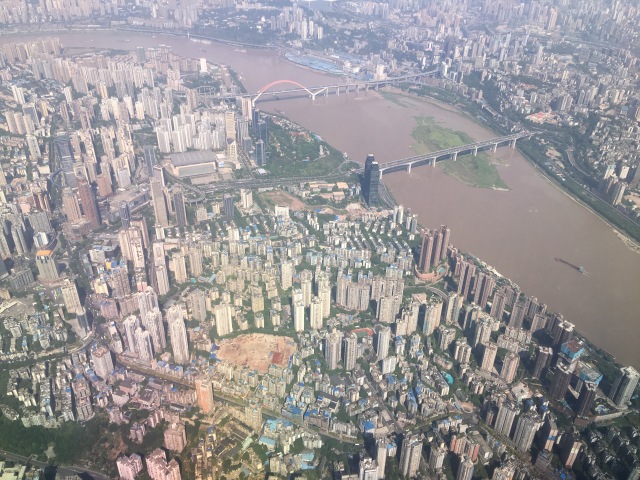
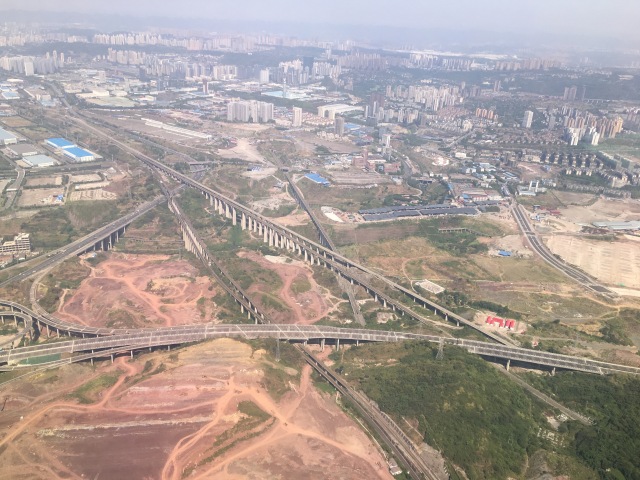
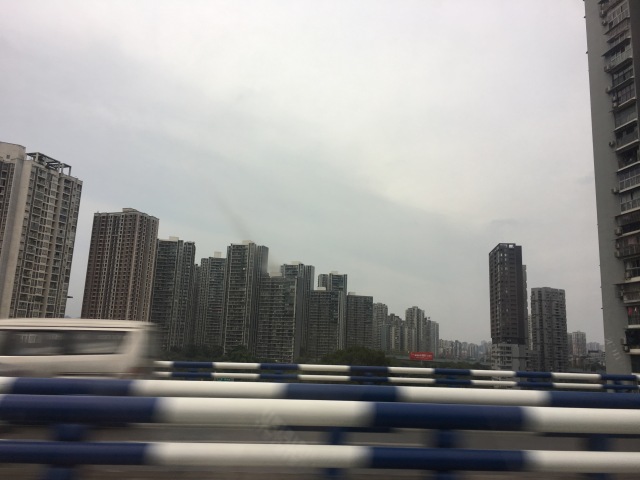
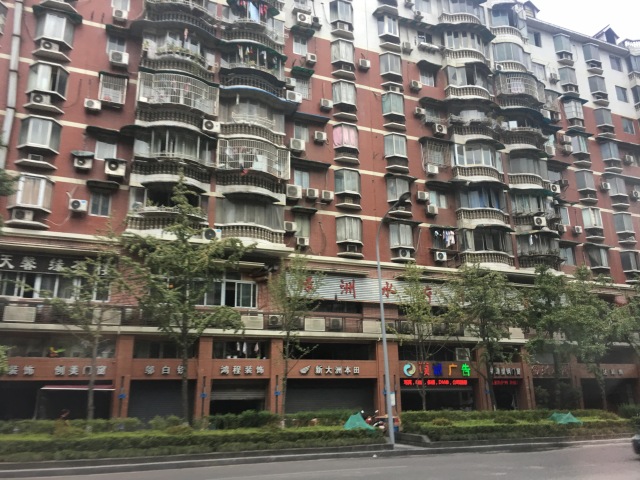
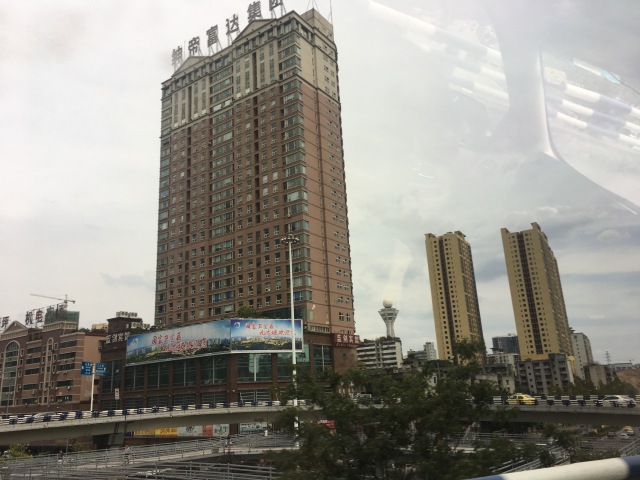
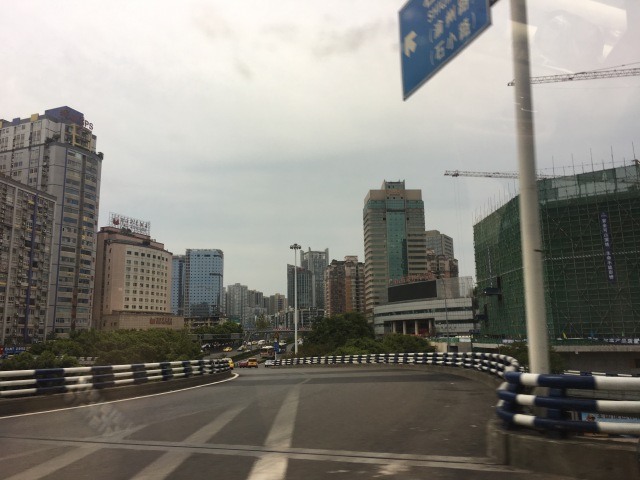
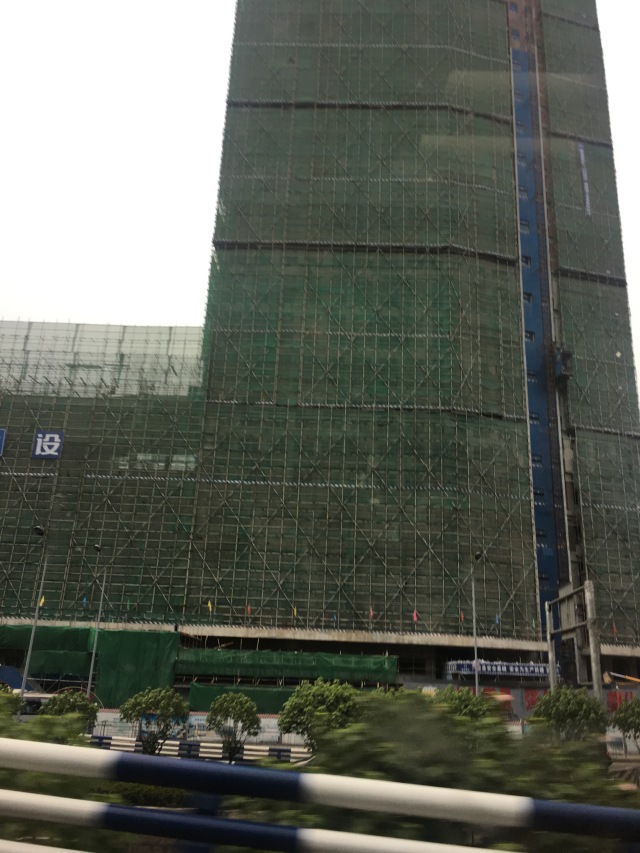
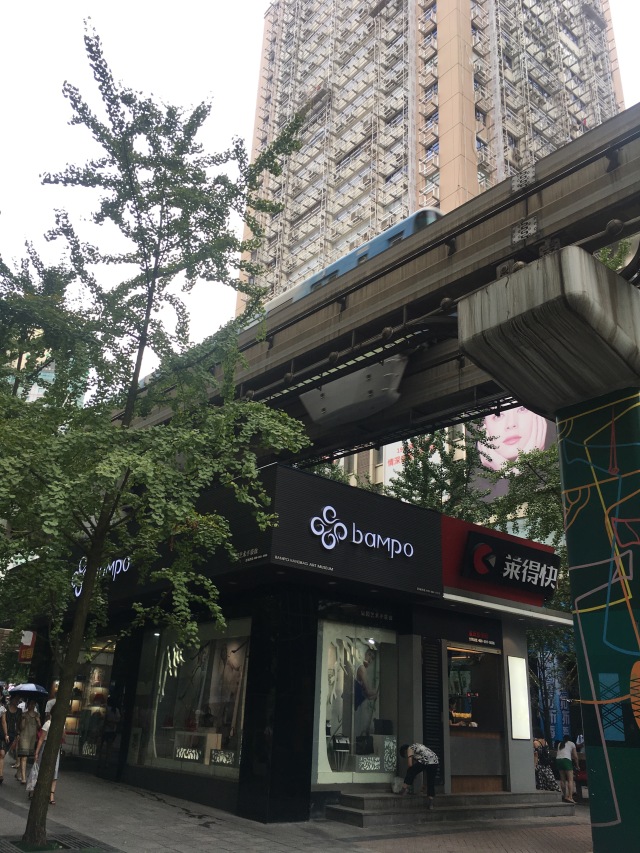
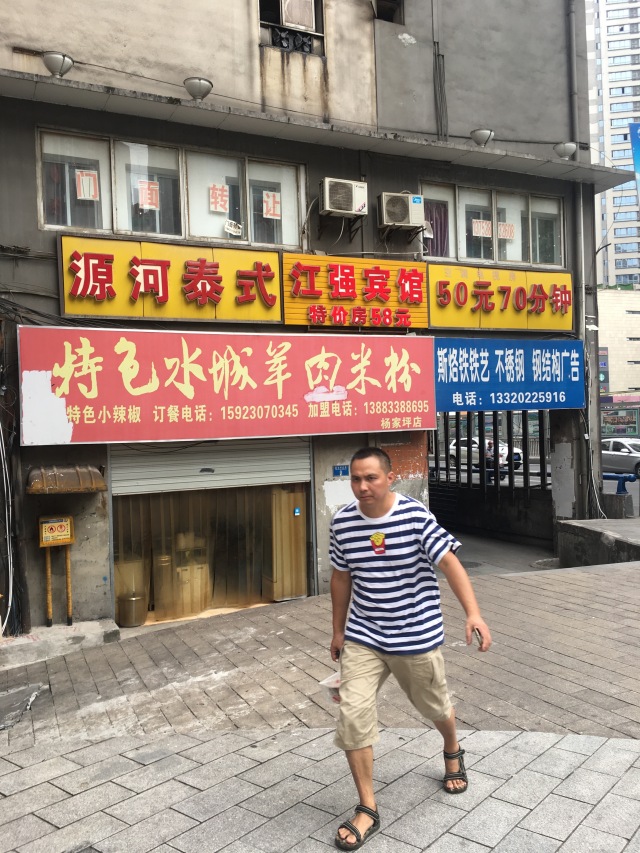
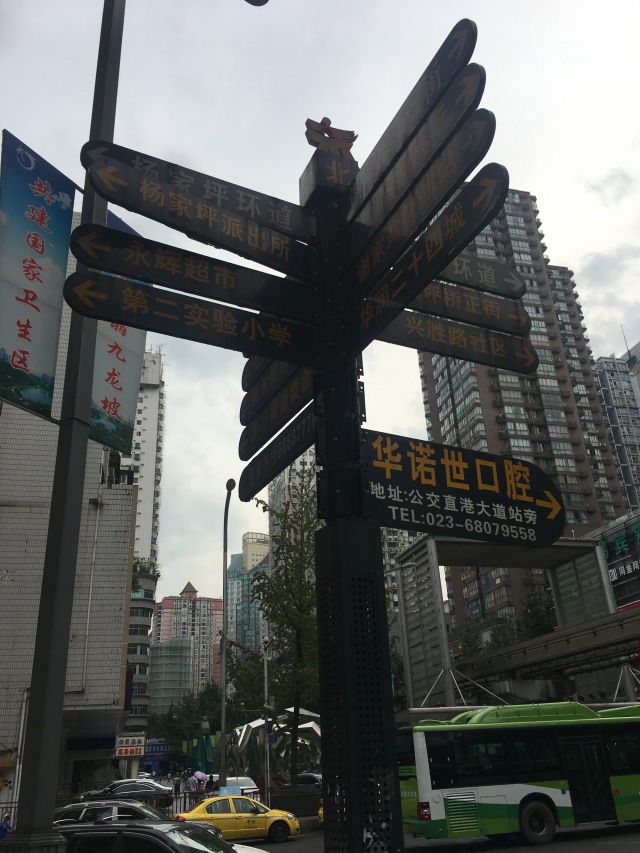

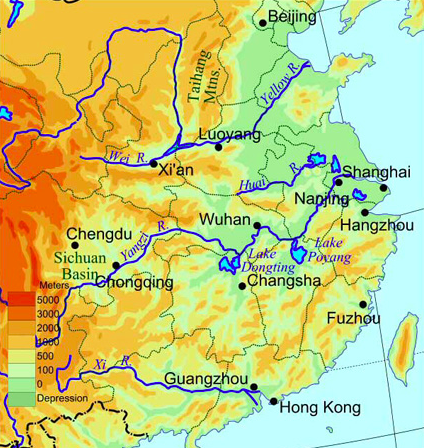
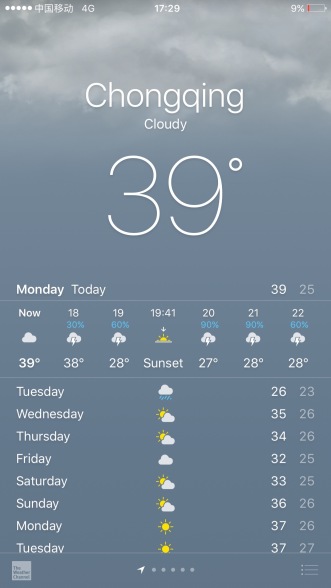









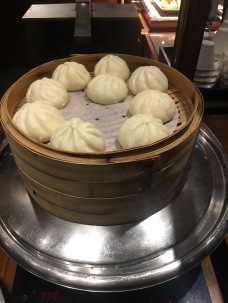

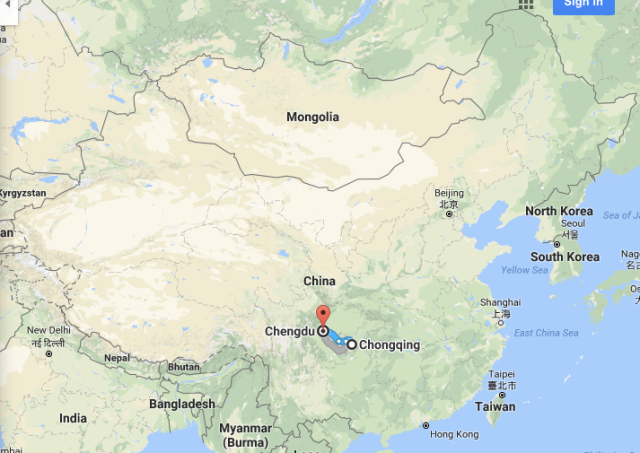
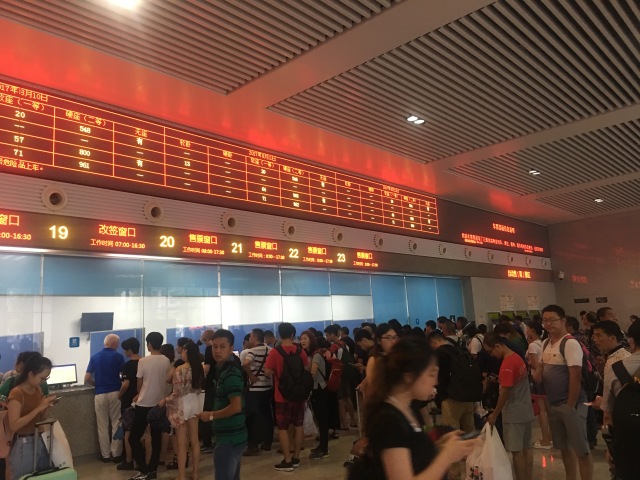
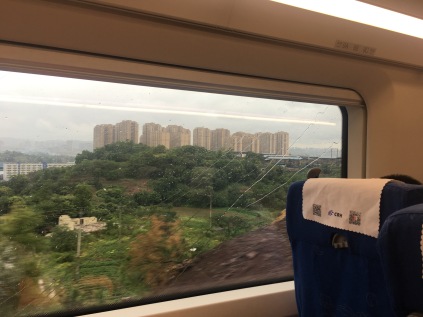














 Nearby was full of traditional small
Nearby was full of traditional small 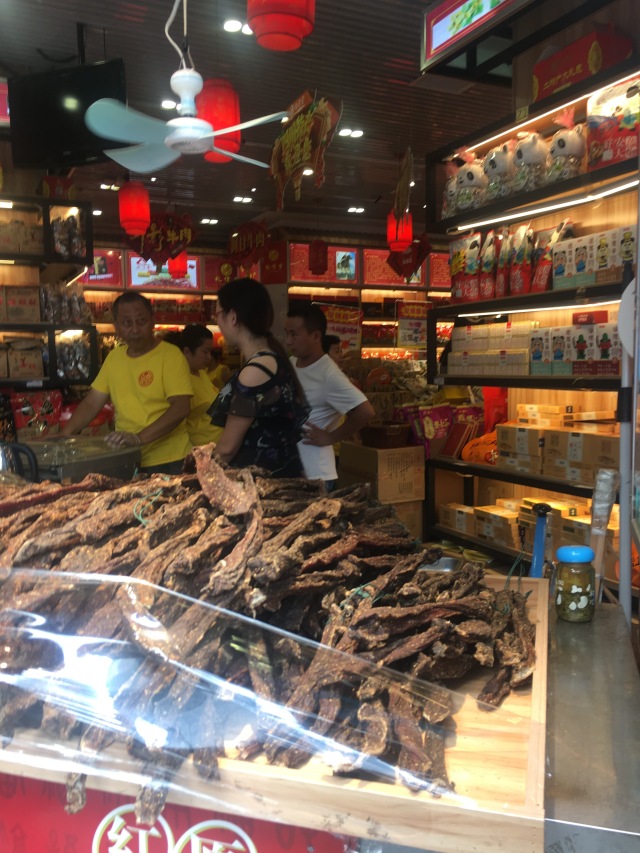
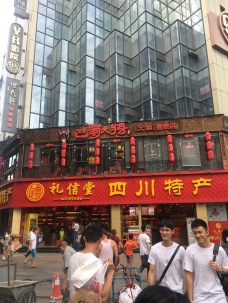




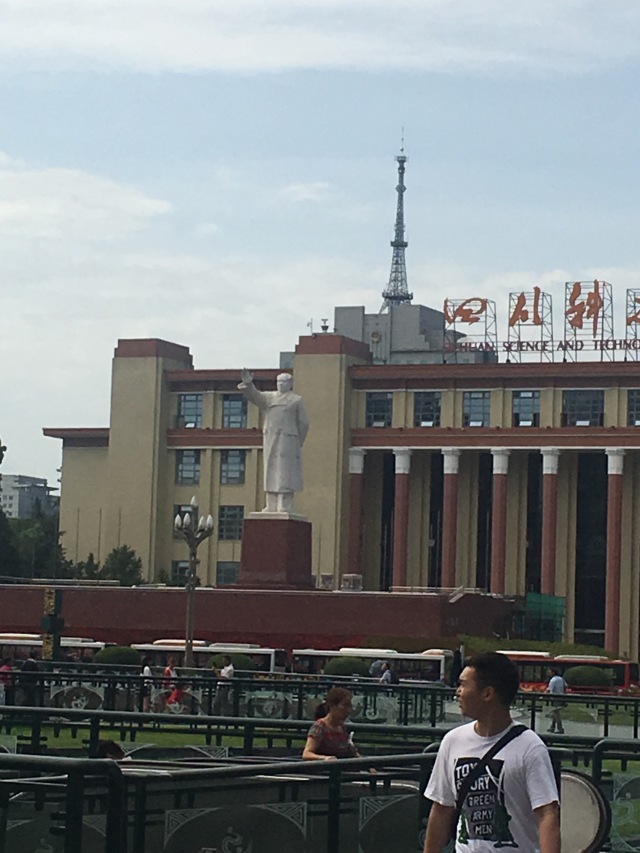
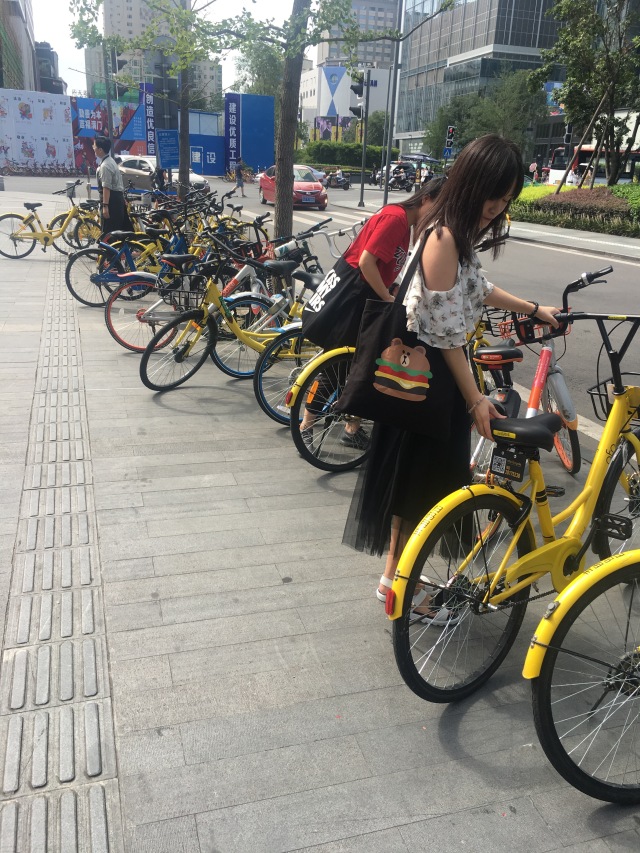
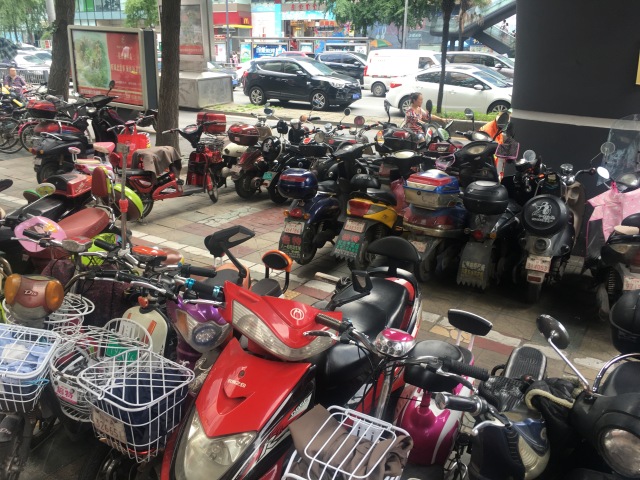




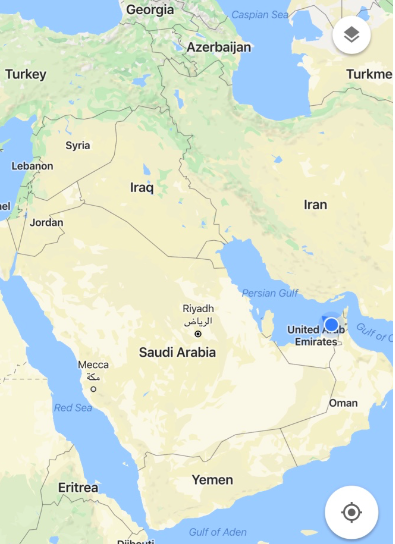
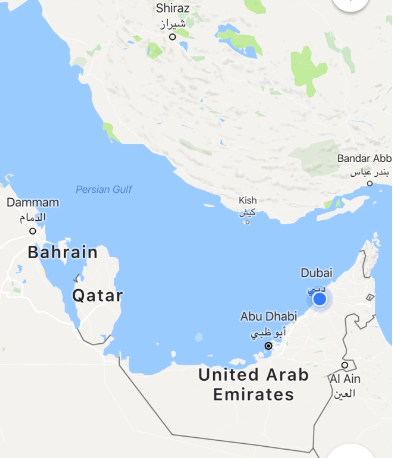

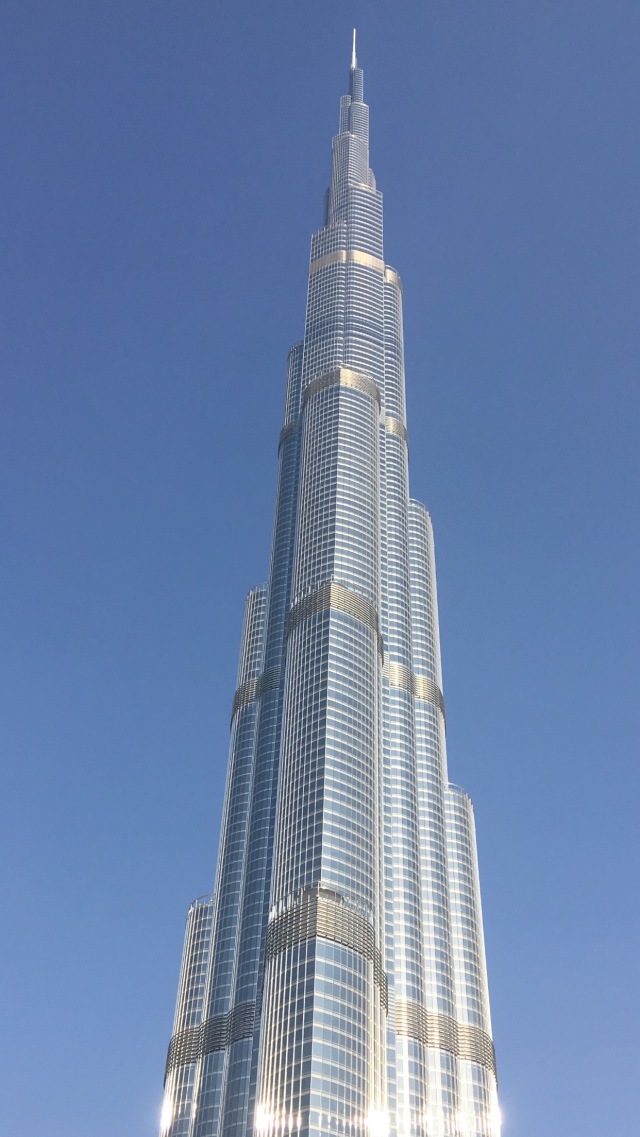





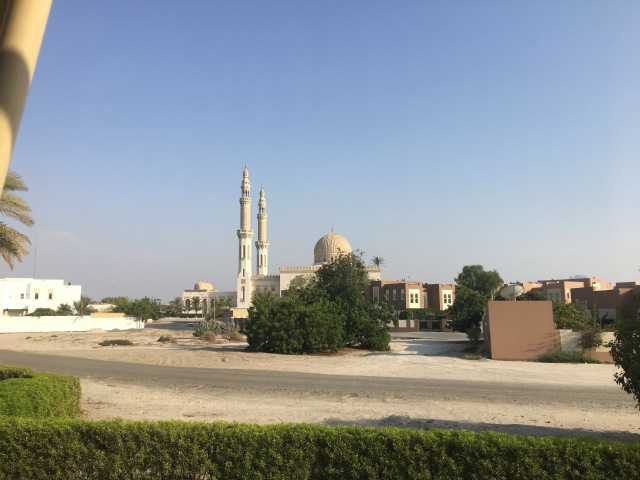












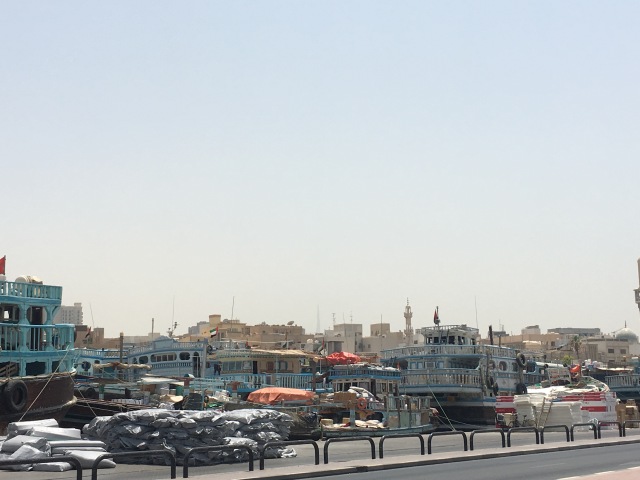
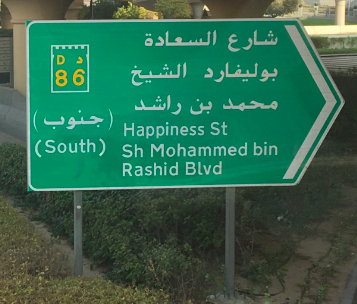
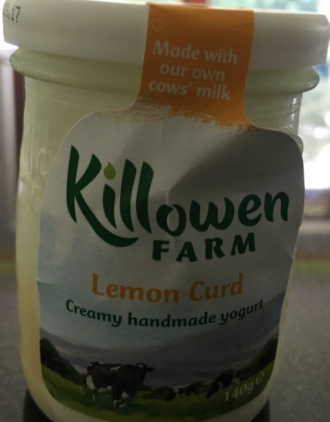
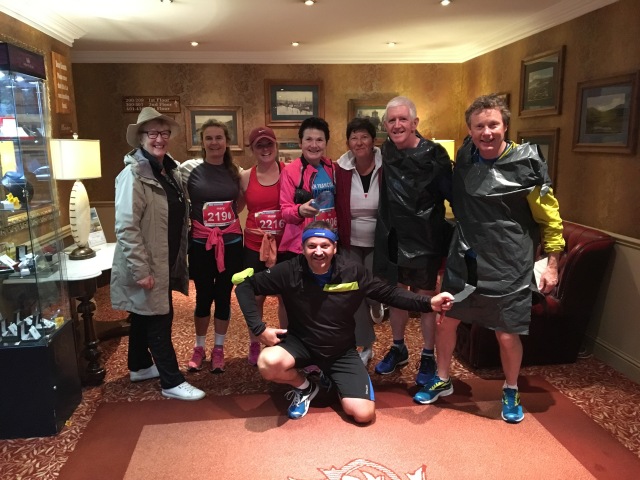


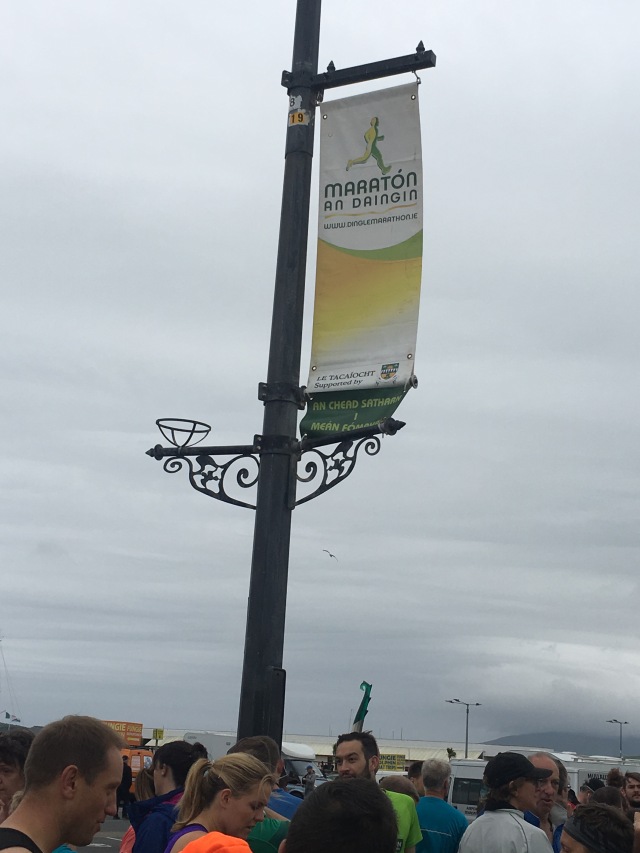

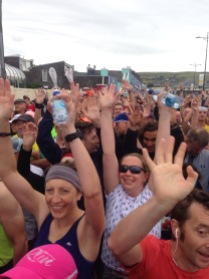



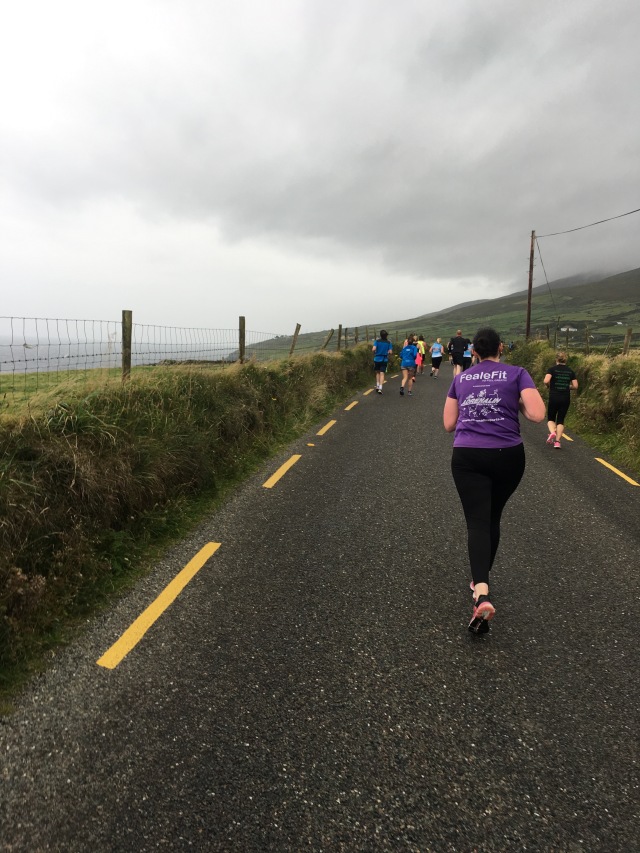
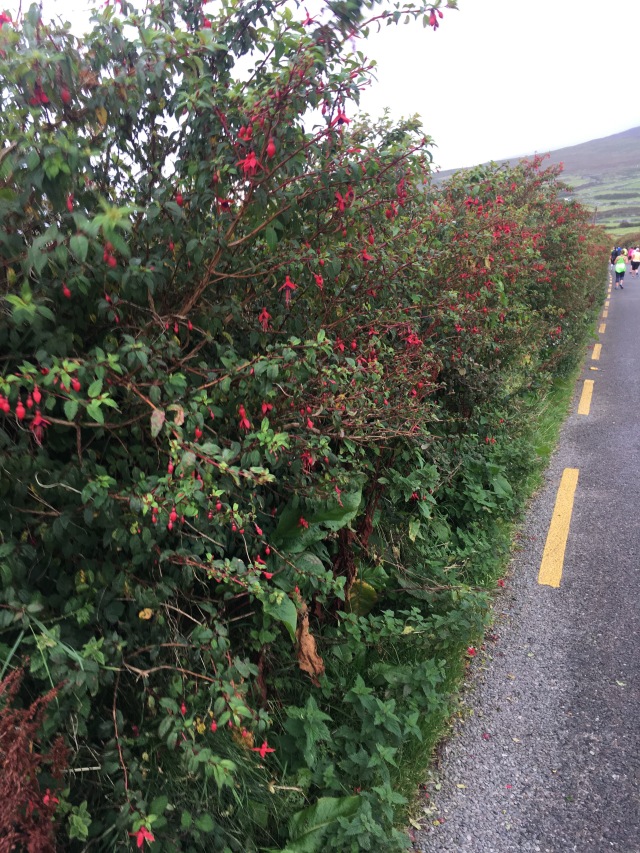
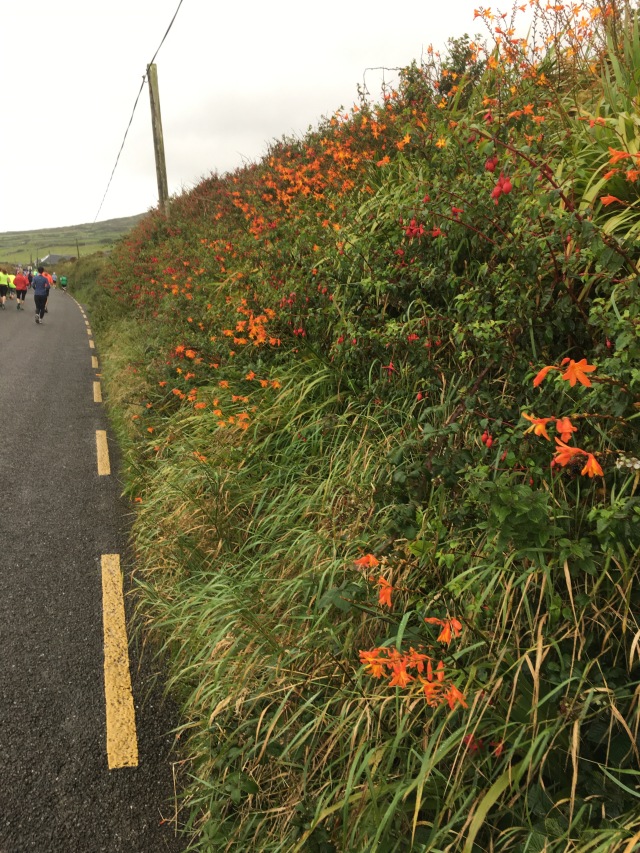
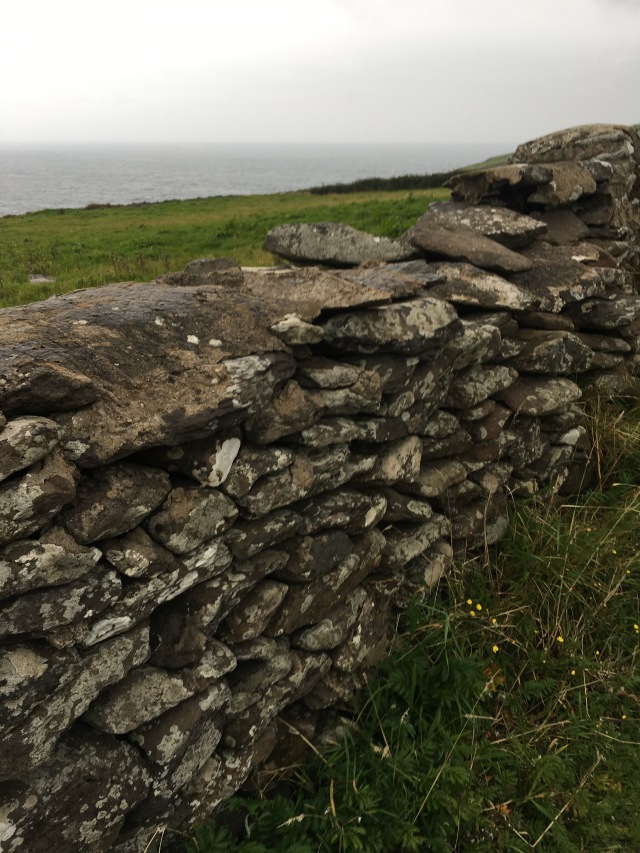

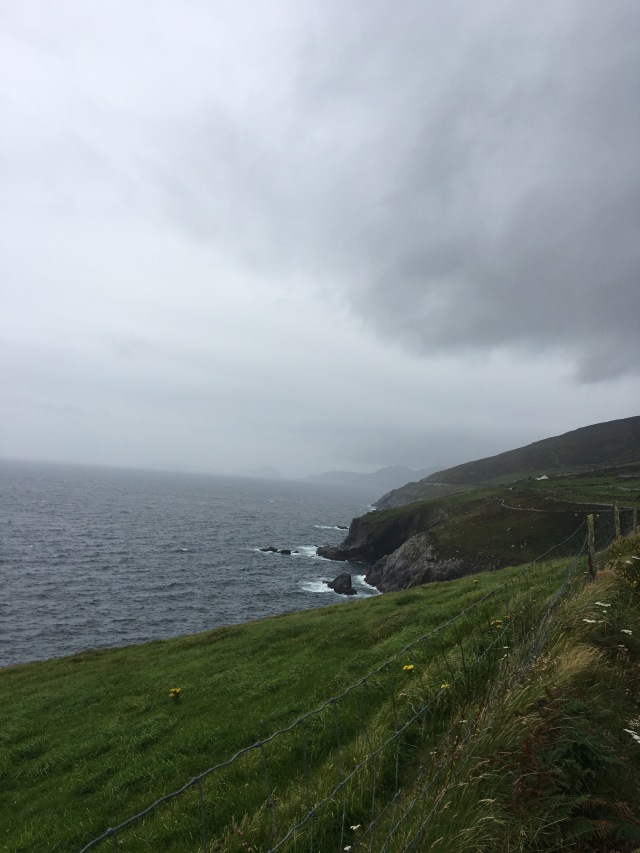
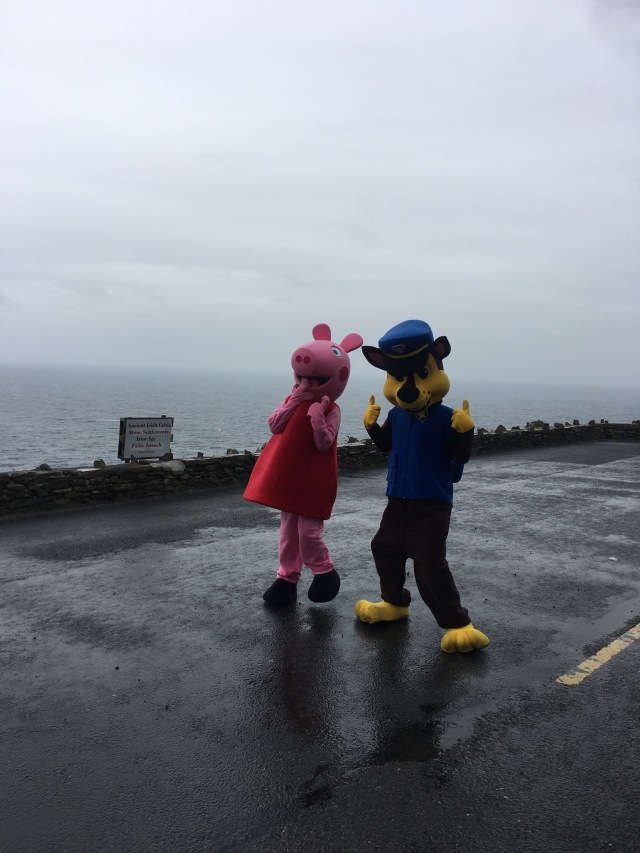
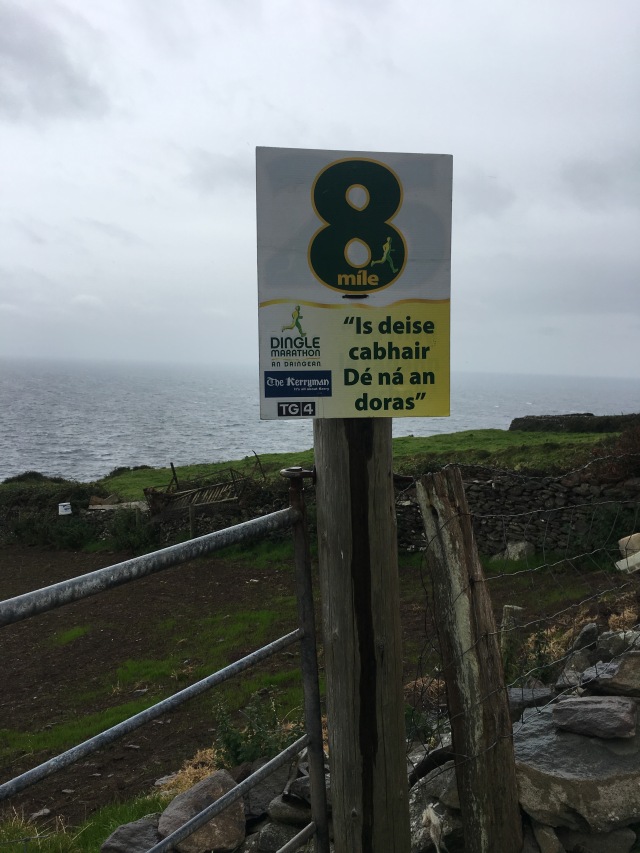
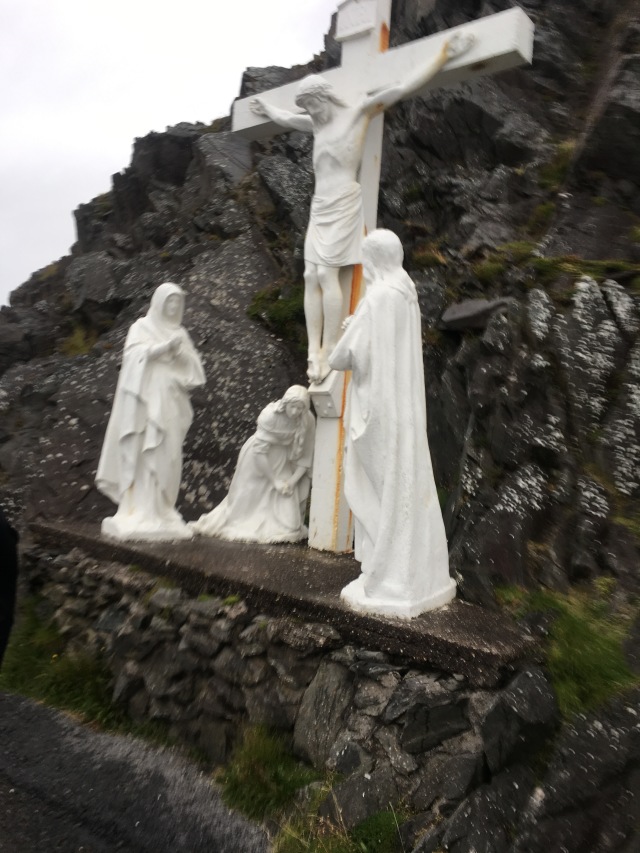 Here in Dingle on a corner of the Iveragh peninsula stuck out in the Atlantic, on the first Saturday in September, I always feel on top of the world. Here I feel I’m walking the walk (or maybe it should be running the run!) of the book
Here in Dingle on a corner of the Iveragh peninsula stuck out in the Atlantic, on the first Saturday in September, I always feel on top of the world. Here I feel I’m walking the walk (or maybe it should be running the run!) of the book 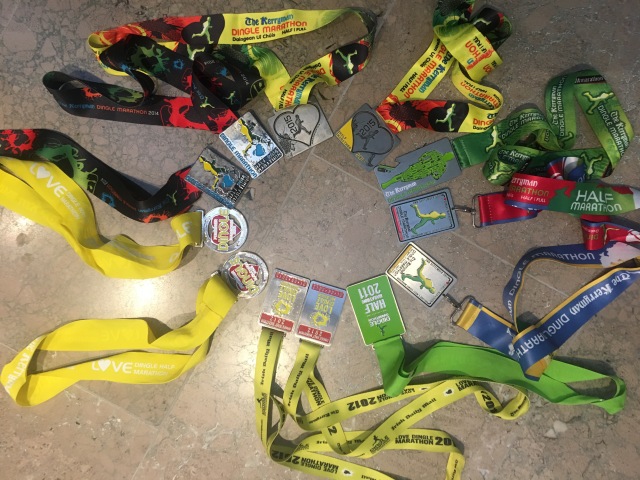


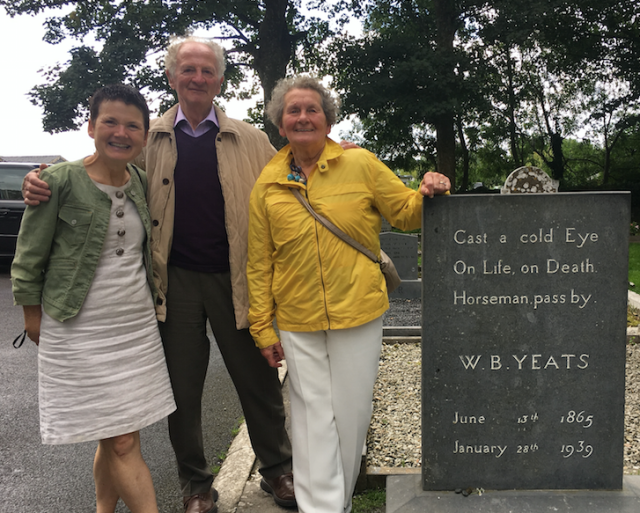
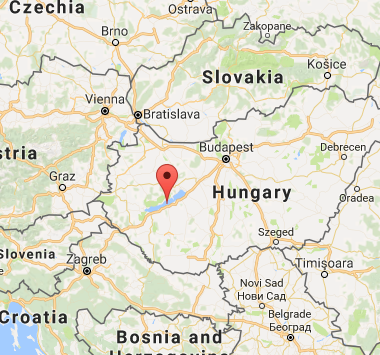
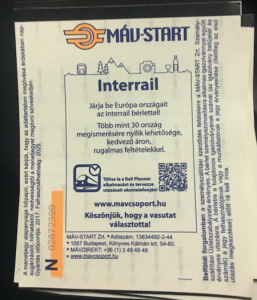

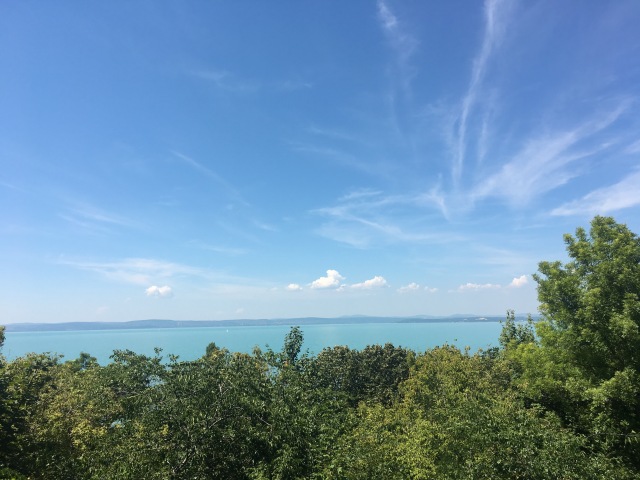 As soon as we arrived at Aniko and Atilla’s lovely apartment we went for a swim in the lake. It was amazingly warm. On Friday morning with the fancy new additions to our cycling set up we set off in an anti-clockwise direction around the lake. I won’t do a day by day account of our trip but just talk about some highlights.
As soon as we arrived at Aniko and Atilla’s lovely apartment we went for a swim in the lake. It was amazingly warm. On Friday morning with the fancy new additions to our cycling set up we set off in an anti-clockwise direction around the lake. I won’t do a day by day account of our trip but just talk about some highlights.
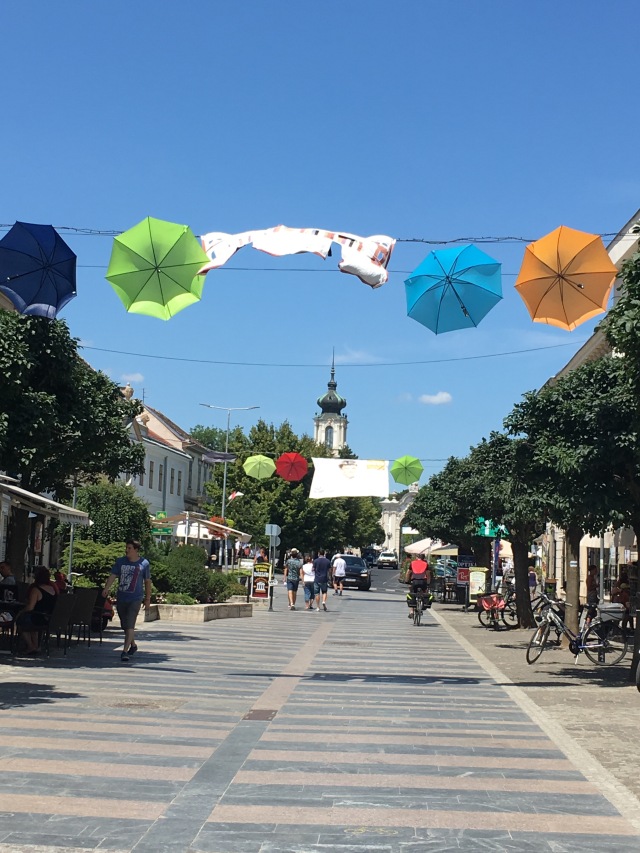
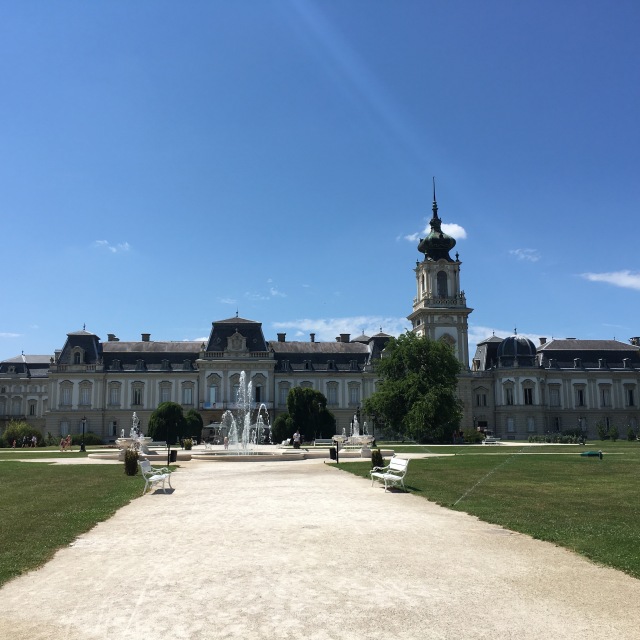
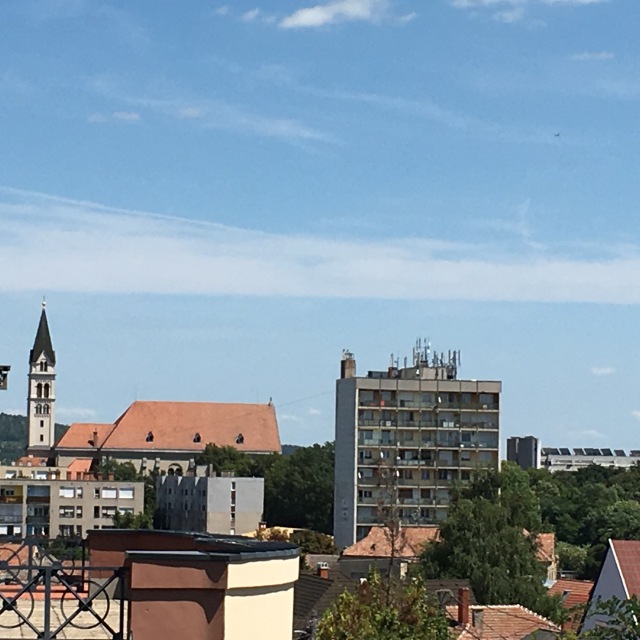
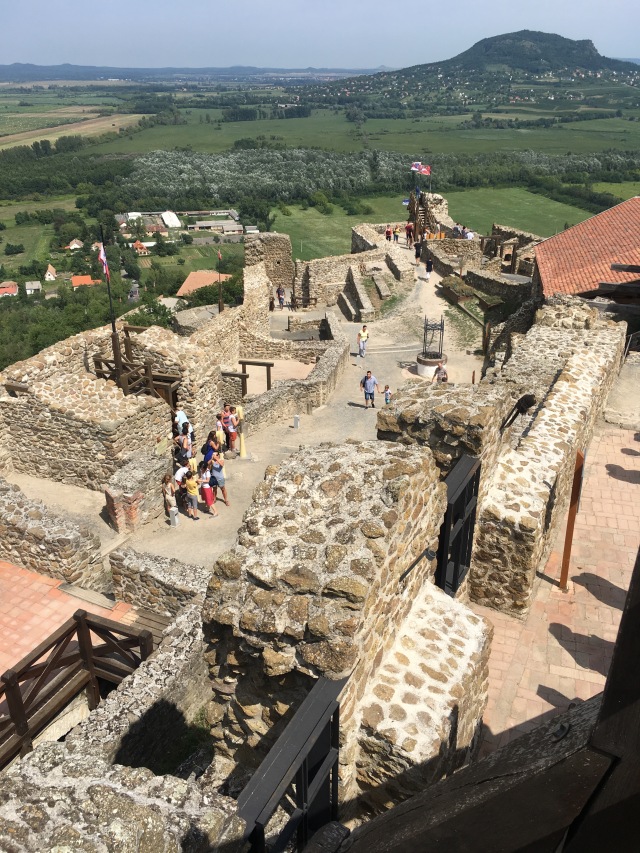
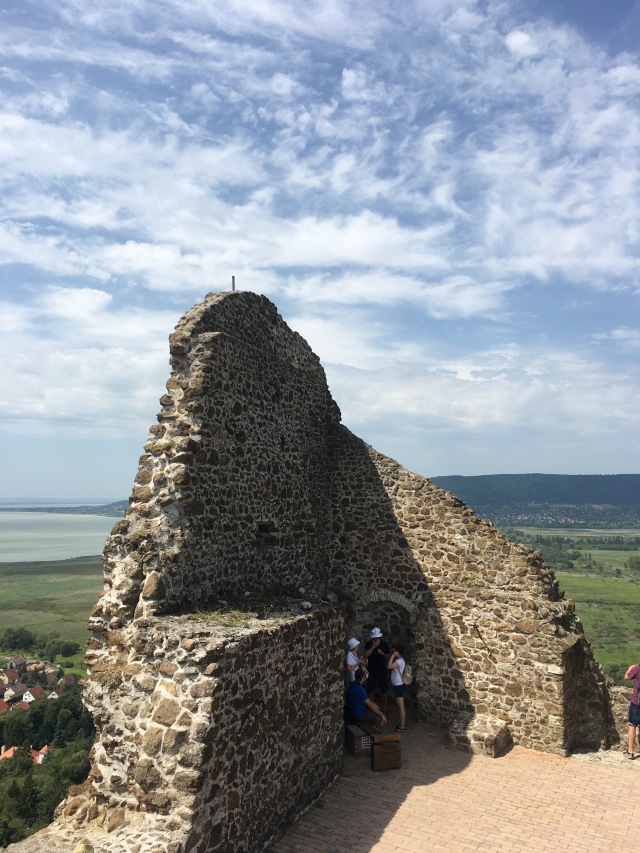
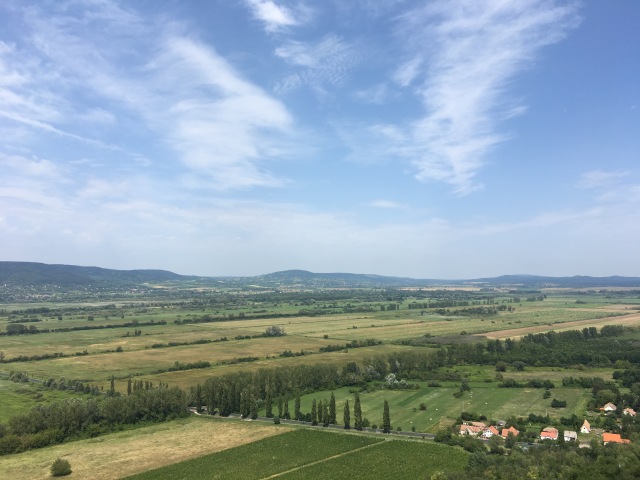
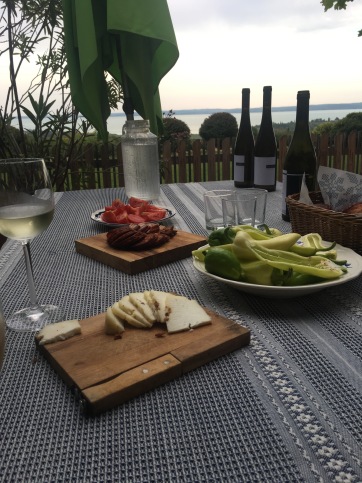













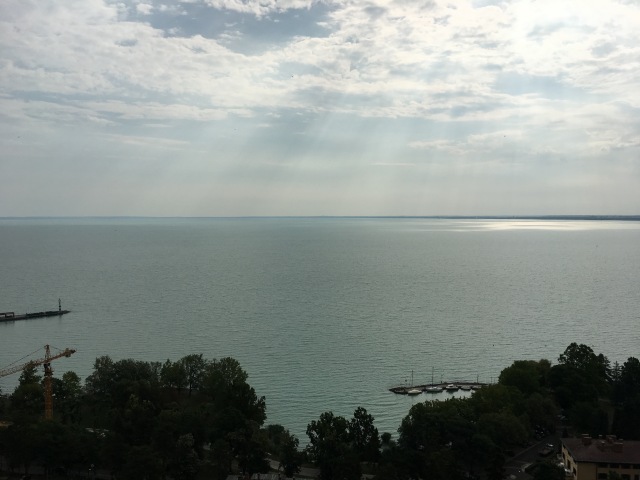
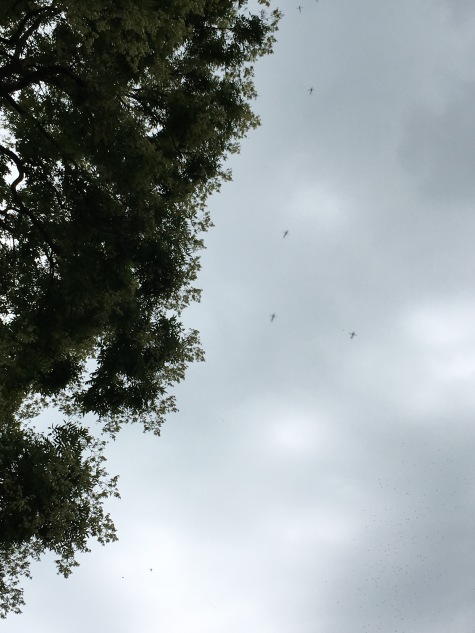
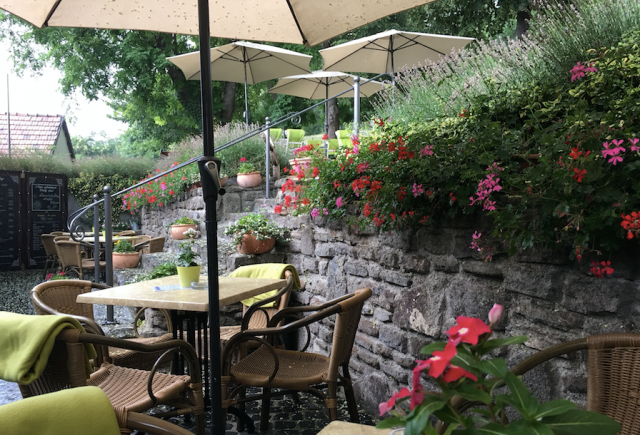
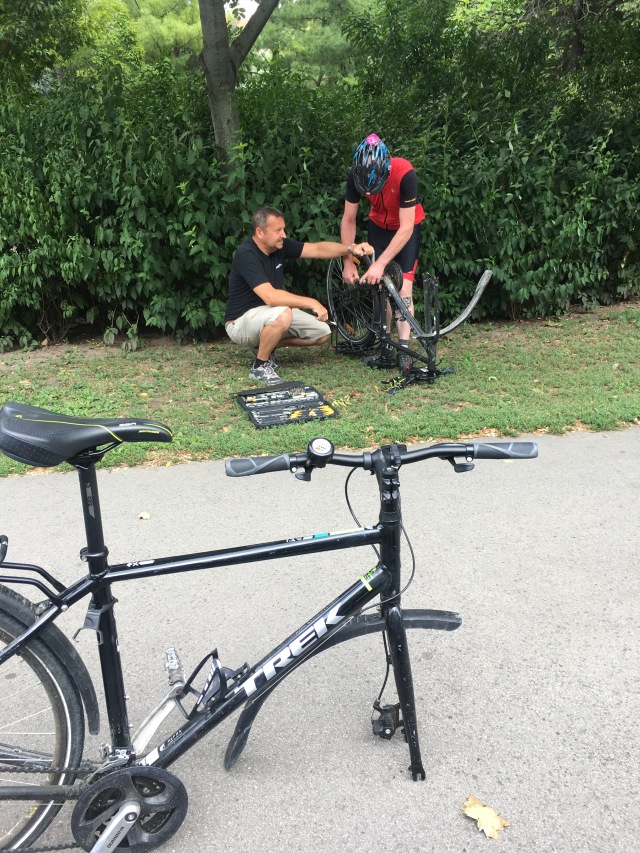

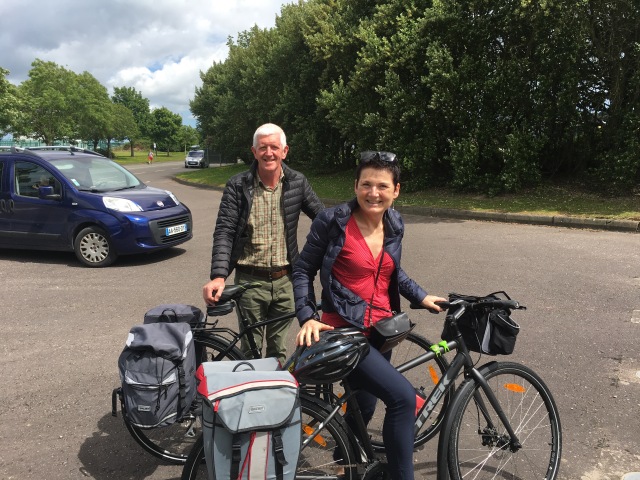
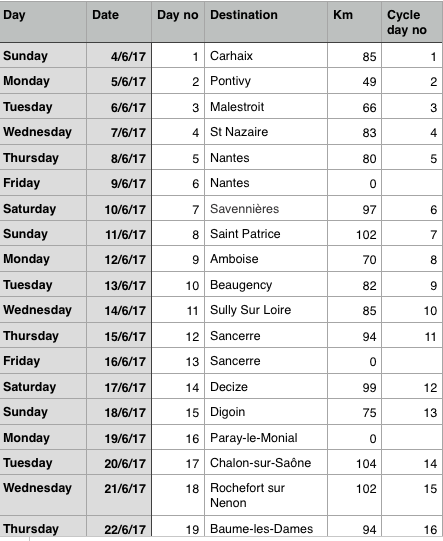
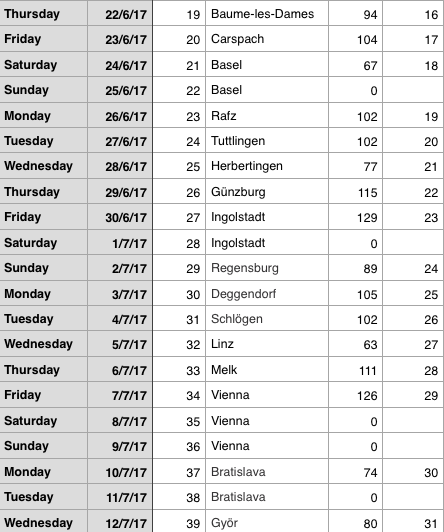

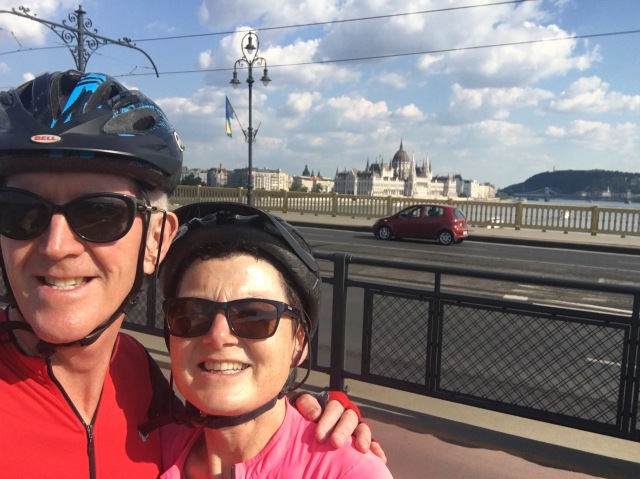
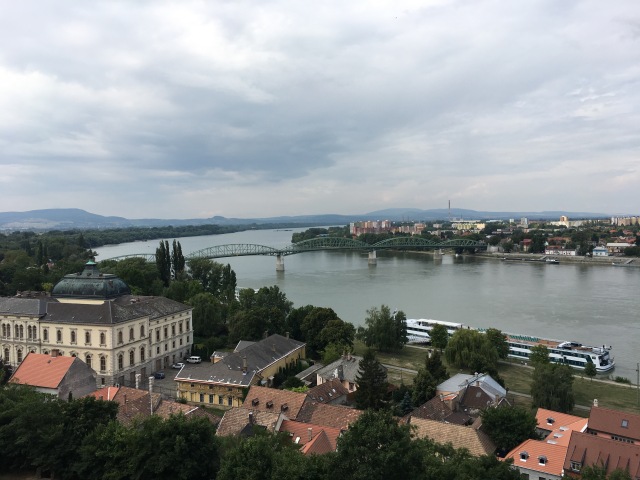
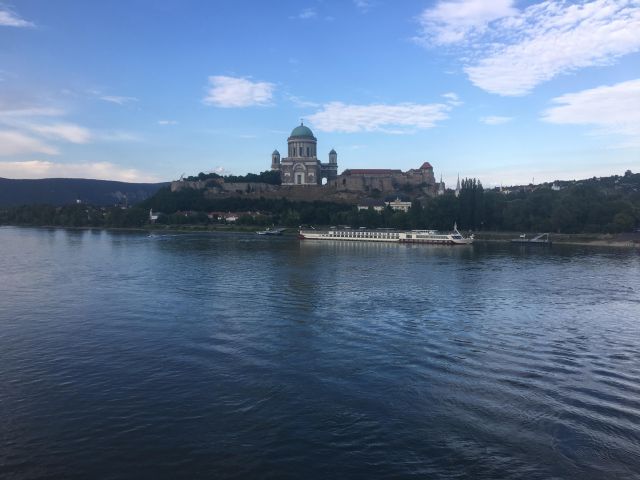
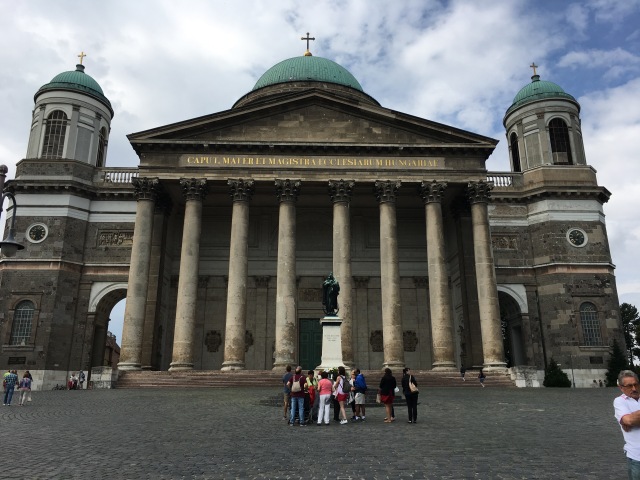
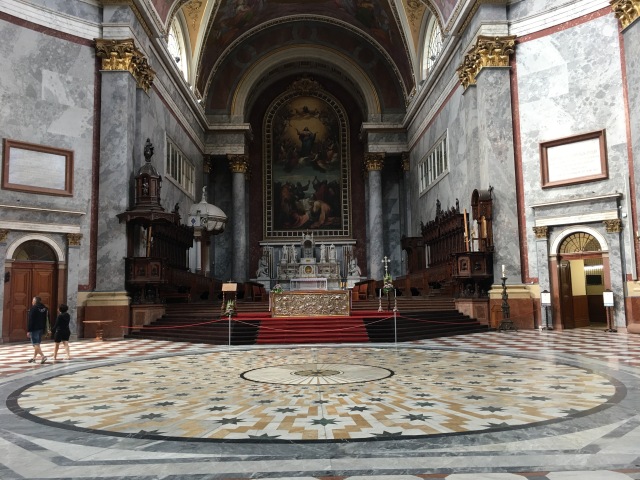
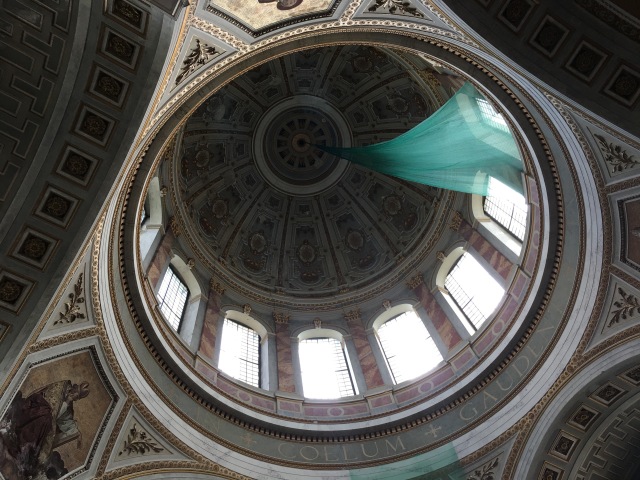
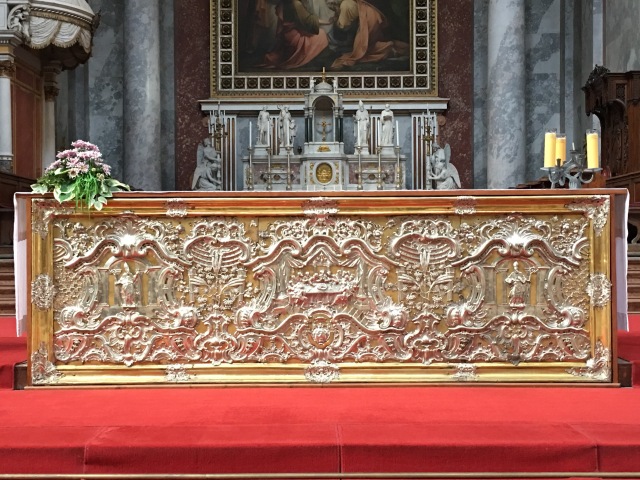
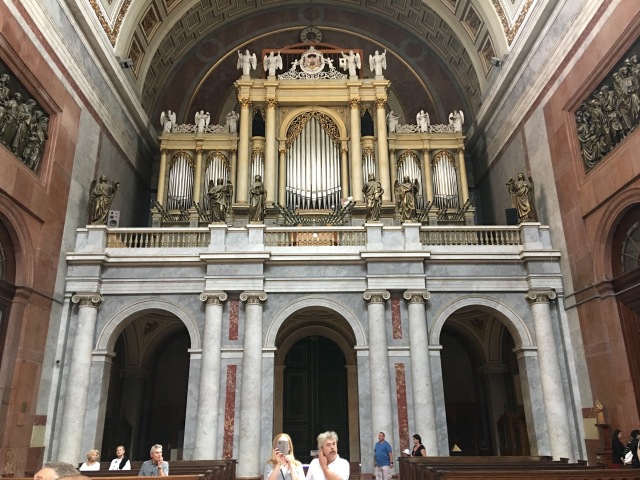
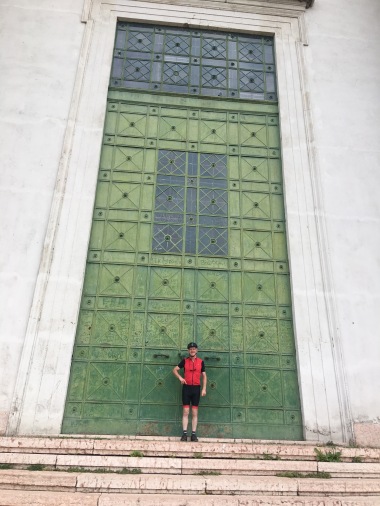

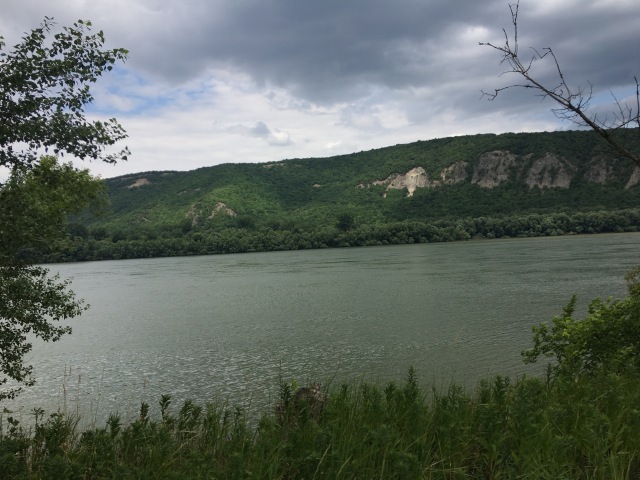
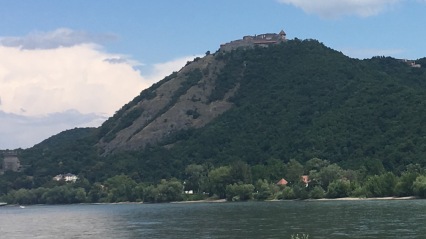 This town was made famous by the term – the Visegrád Group, a cultural and political grouping of the four Central European states – the Czeck Republic, Hungary, Poland and Slovakia for the purposes of furthering their integration within Europe and working closer together with each other. (The group used to be occasionally referred to as the Visegrád Triangle, due to the fact that it was originally an alliance of the three states before the dissolution of Czechoslovakia into the Czeck Republic and Slovakia.) Visegrád is only a very small place – it only has a population of 2,000 people. Mind you it is at such a height that it appears very imposing! Interestingly both the name of the group and where they actually met, follows on from a meeting of the rulers of those same counties – Bohemian (Czeck), Polish and Hungarian in Visegrád in 1335.
This town was made famous by the term – the Visegrád Group, a cultural and political grouping of the four Central European states – the Czeck Republic, Hungary, Poland and Slovakia for the purposes of furthering their integration within Europe and working closer together with each other. (The group used to be occasionally referred to as the Visegrád Triangle, due to the fact that it was originally an alliance of the three states before the dissolution of Czechoslovakia into the Czeck Republic and Slovakia.) Visegrád is only a very small place – it only has a population of 2,000 people. Mind you it is at such a height that it appears very imposing! Interestingly both the name of the group and where they actually met, follows on from a meeting of the rulers of those same counties – Bohemian (Czeck), Polish and Hungarian in Visegrád in 1335.
